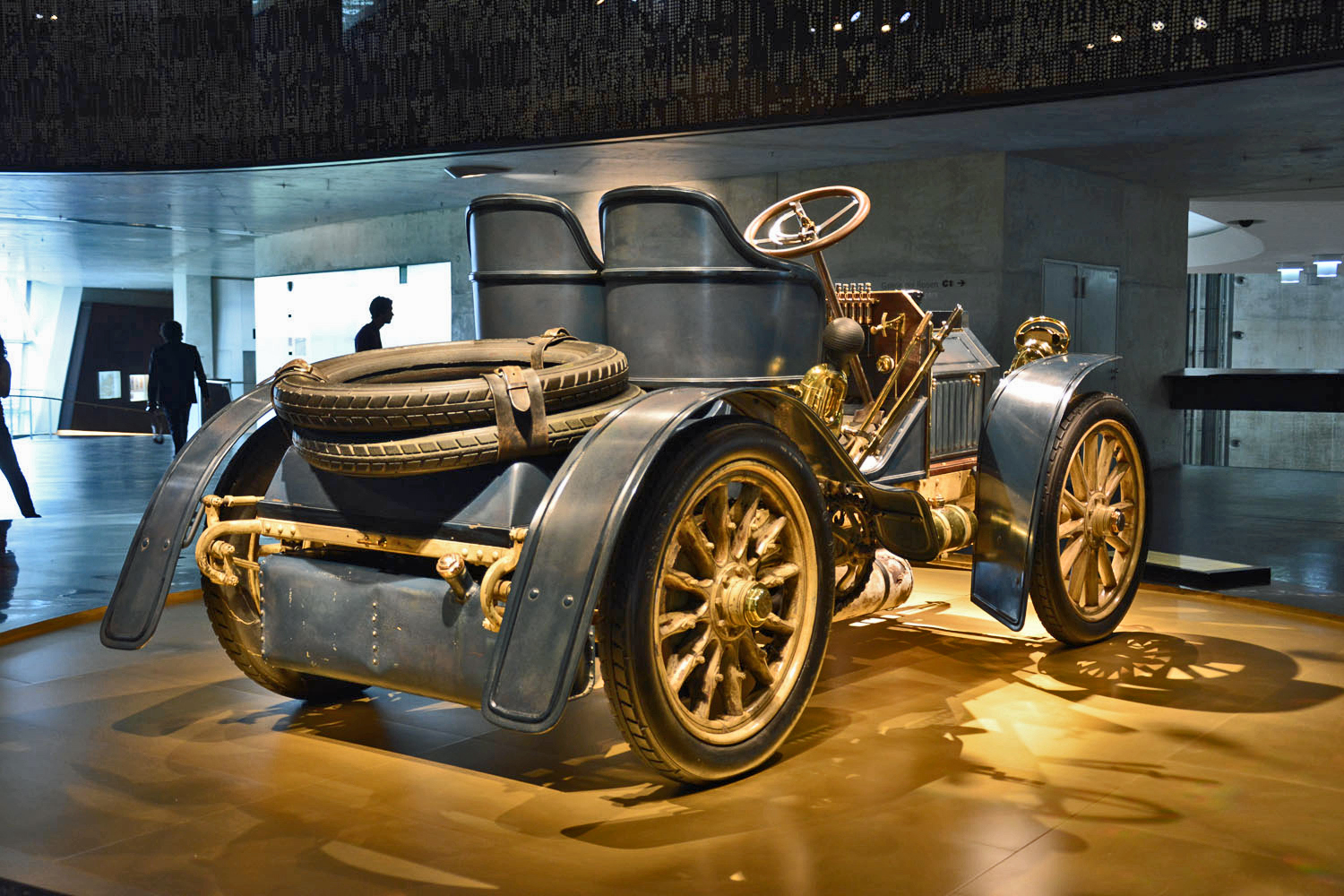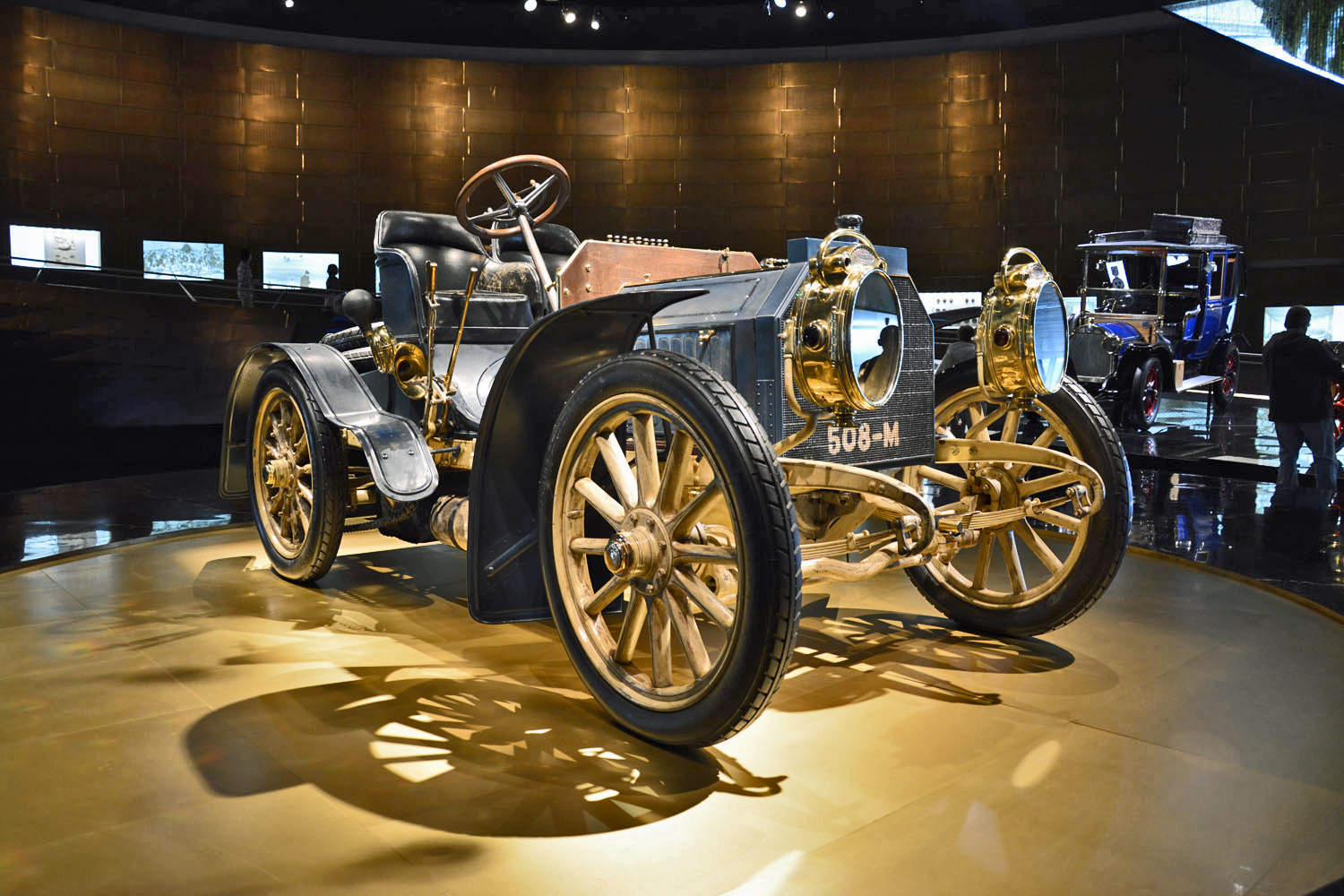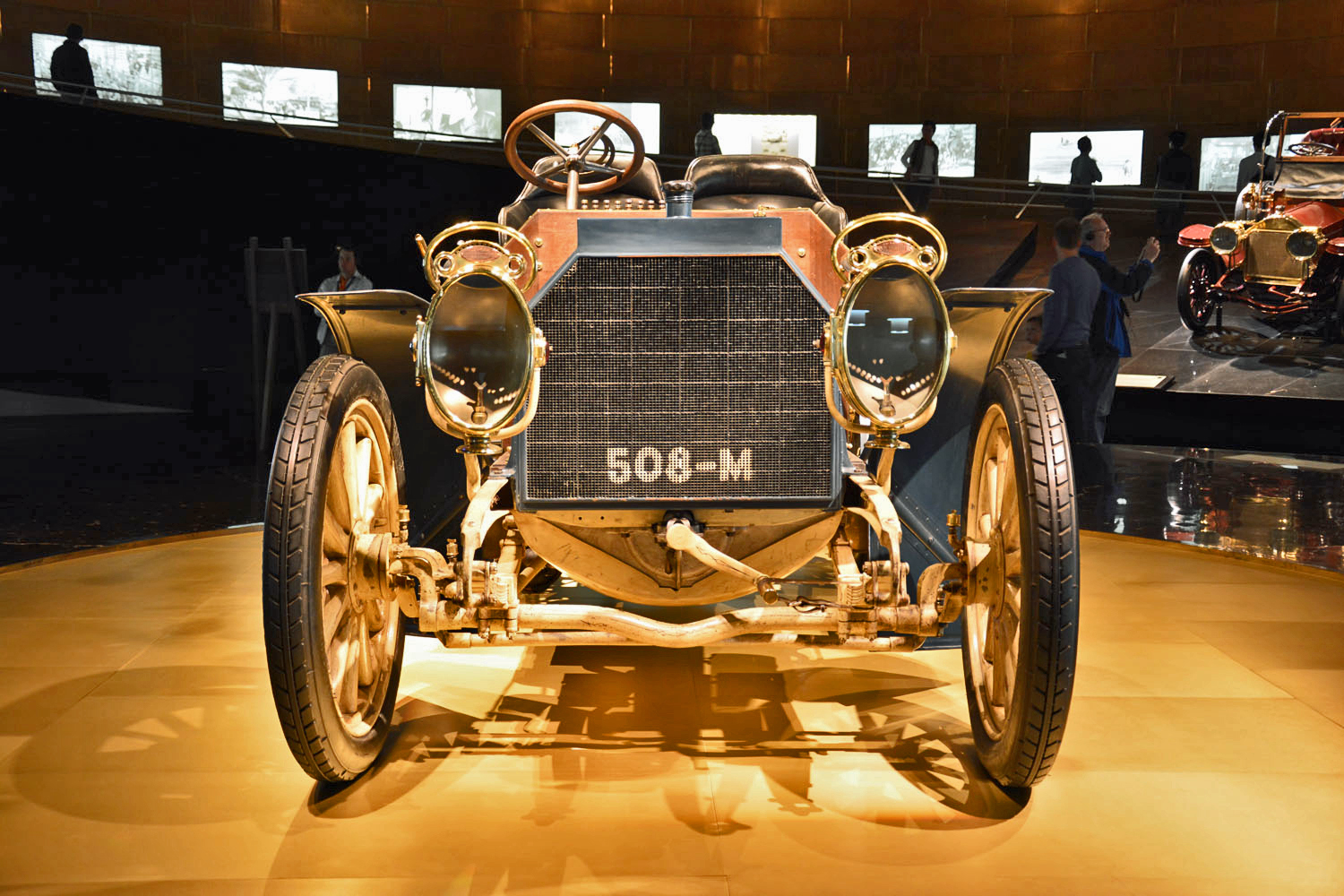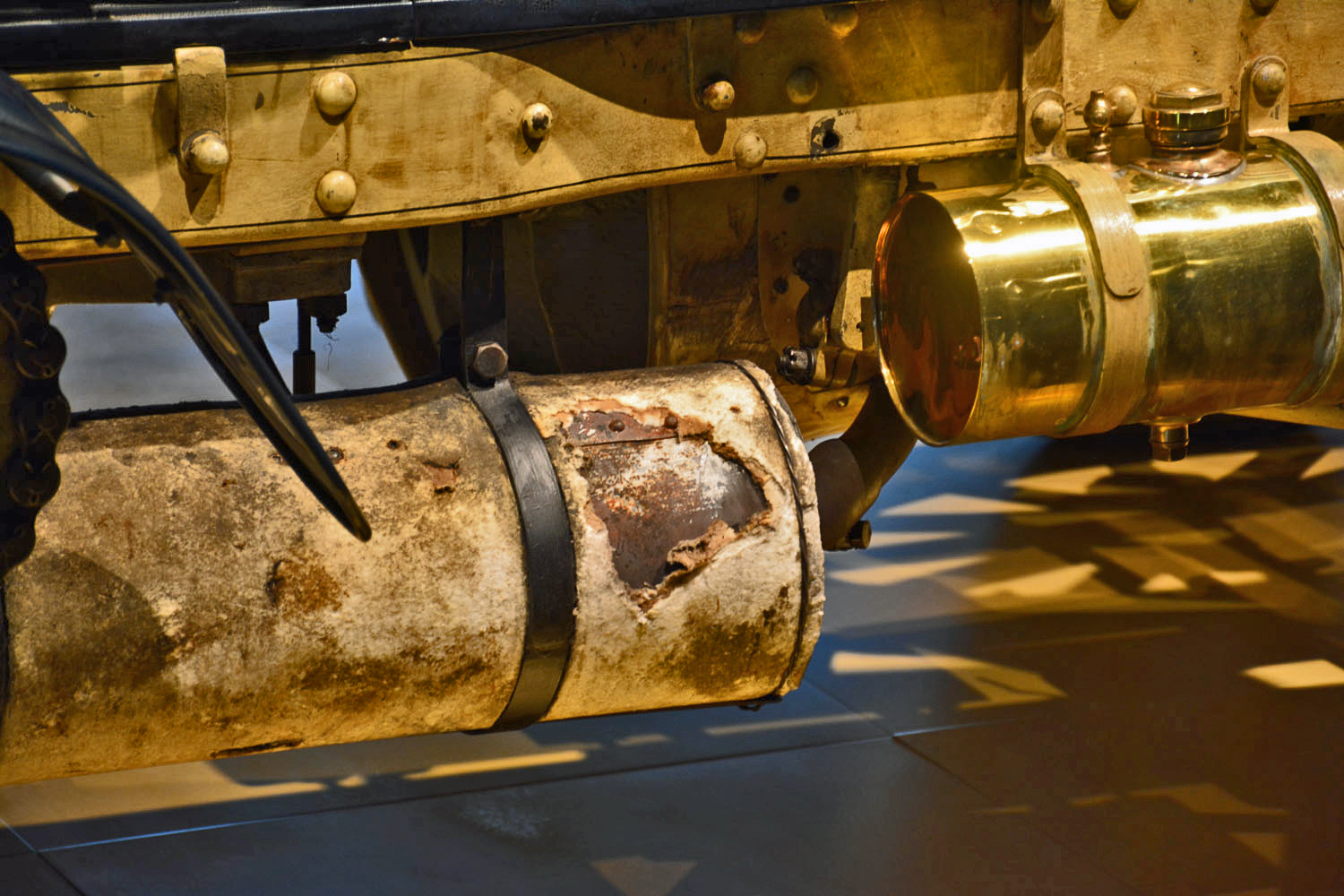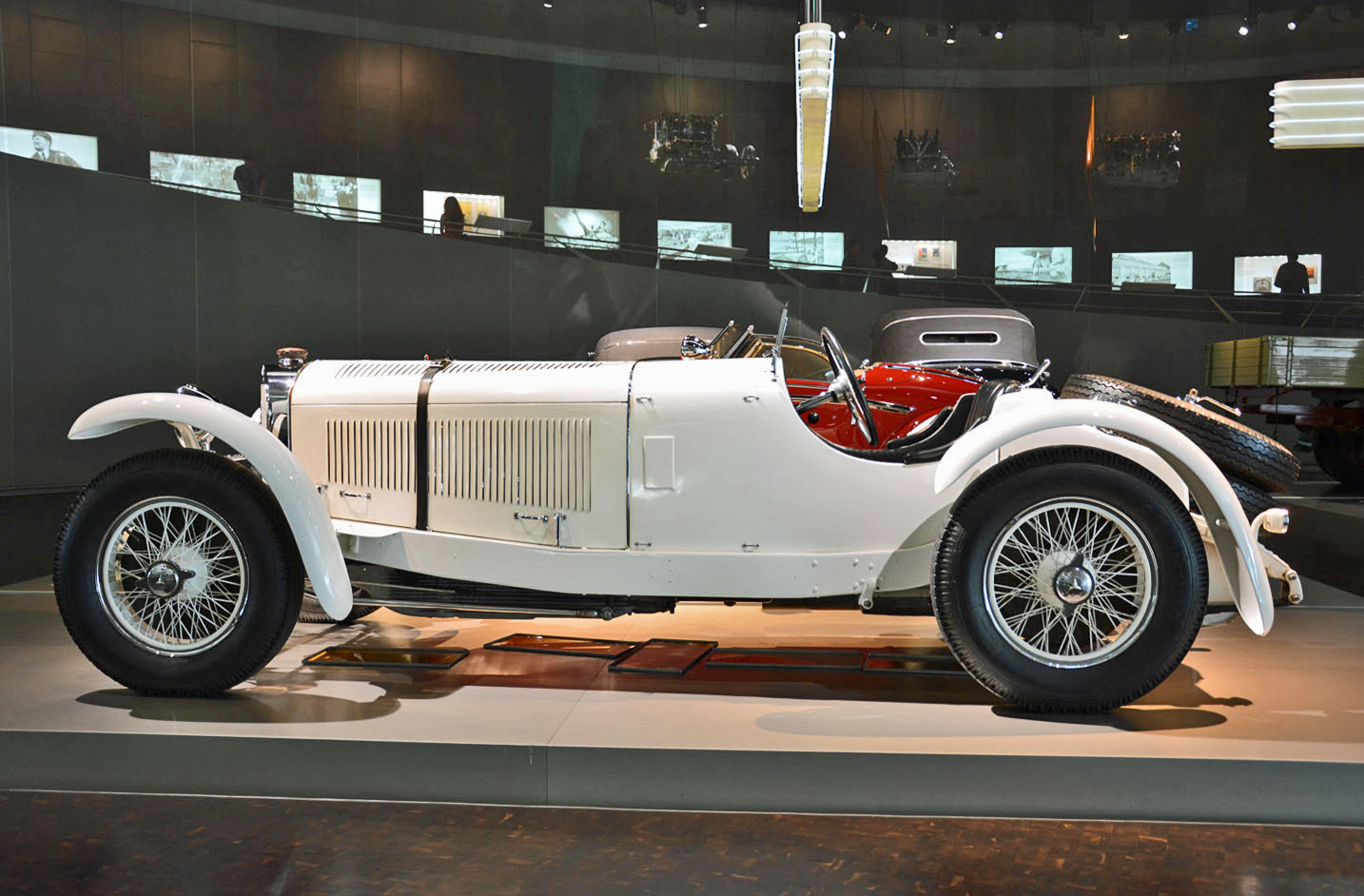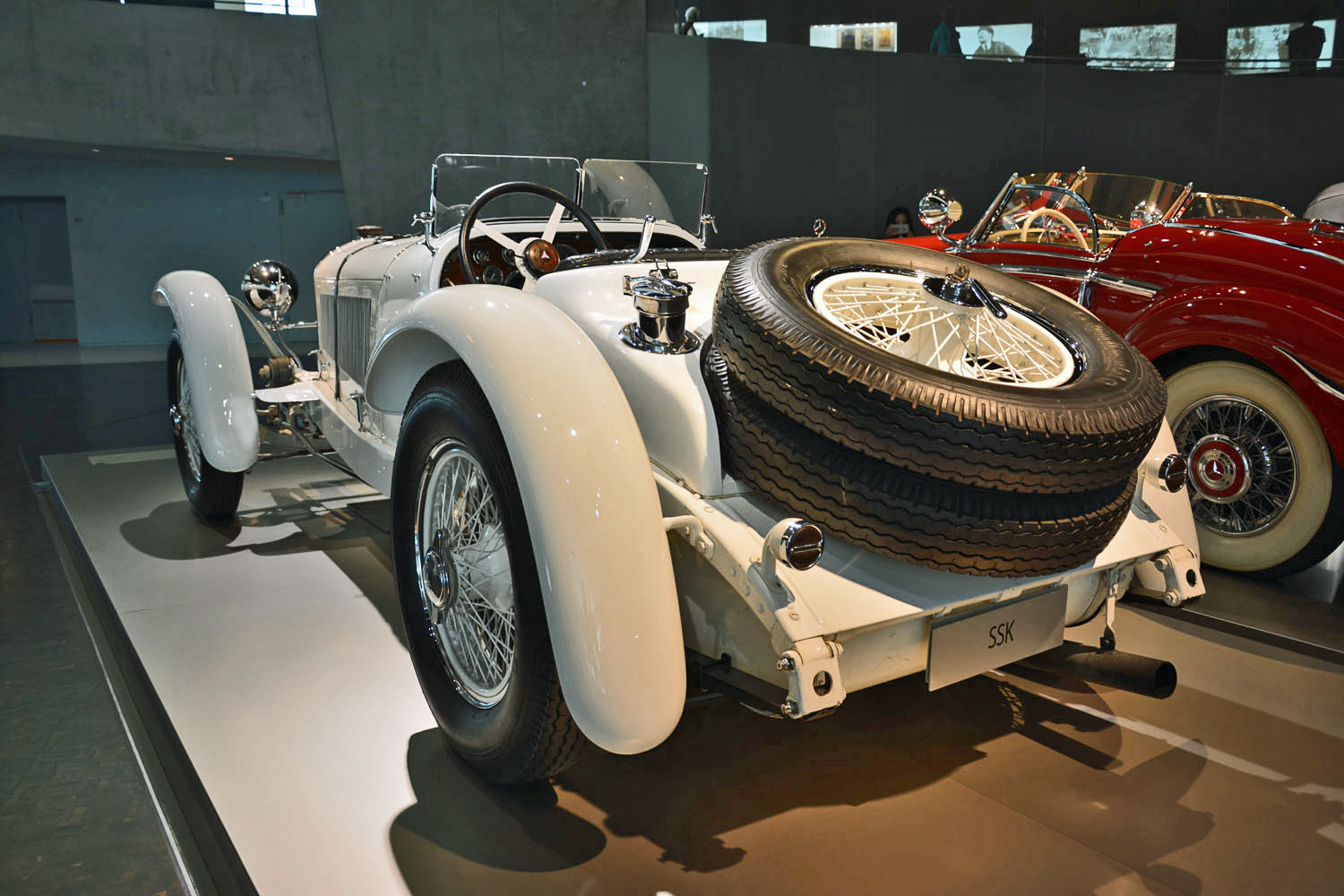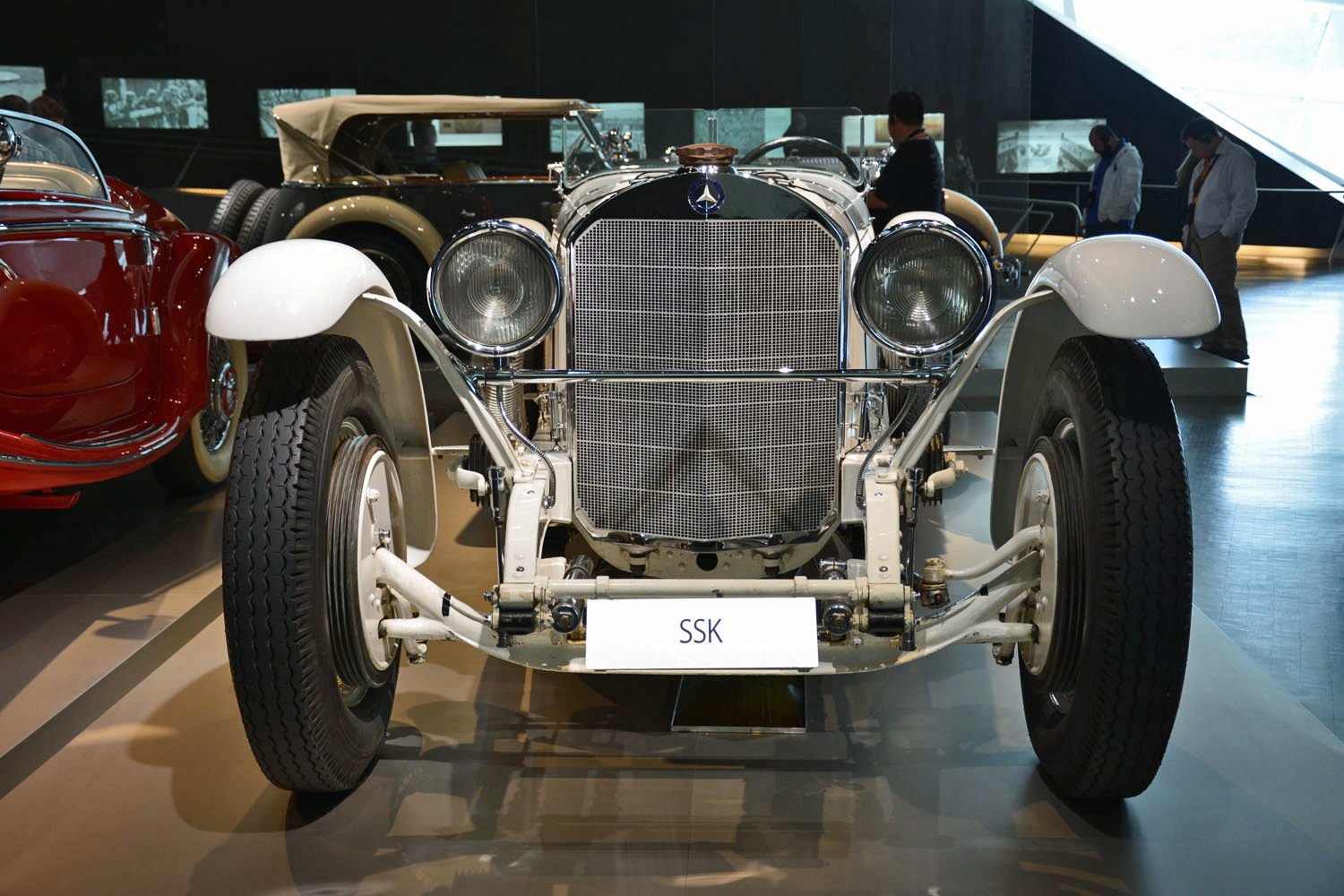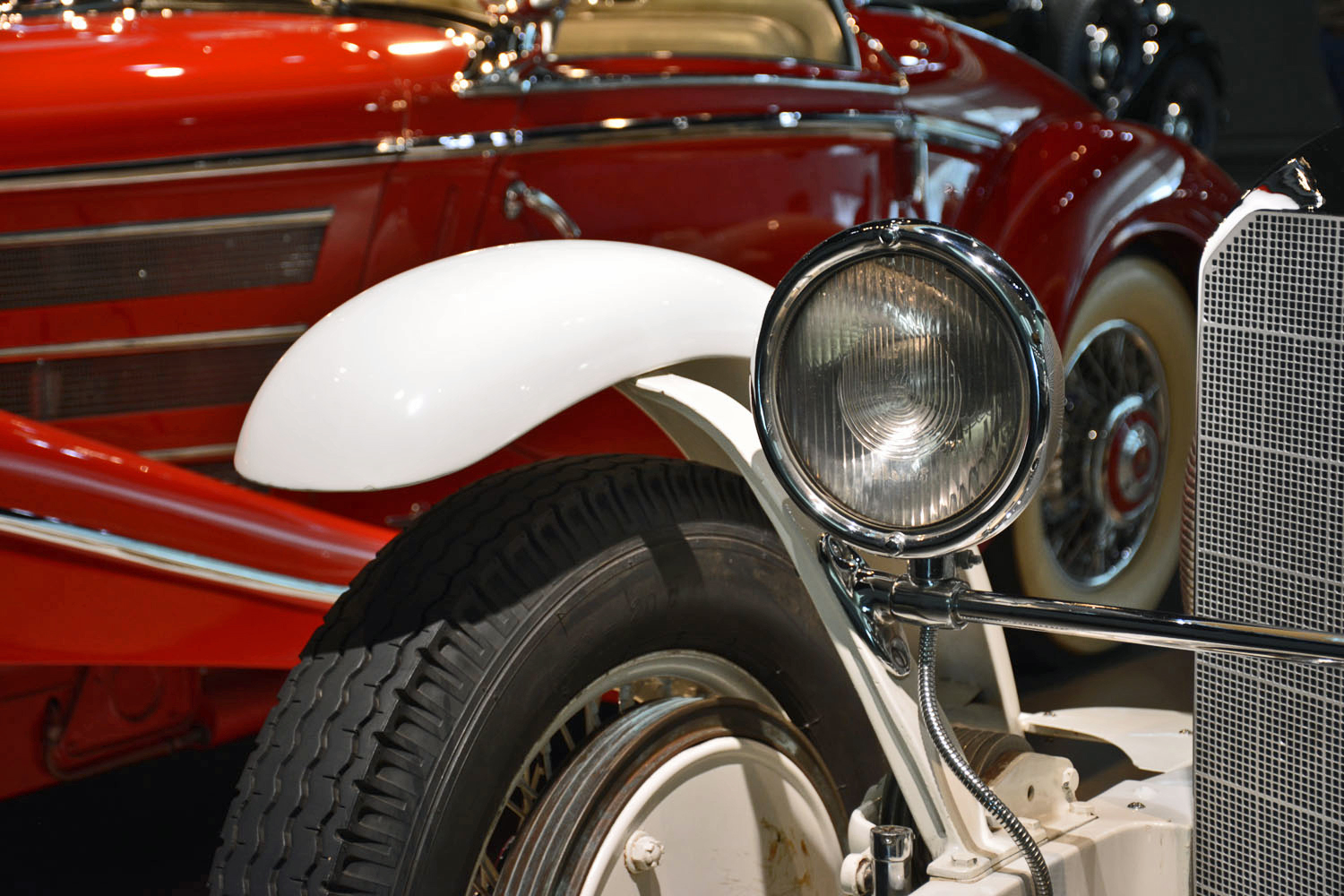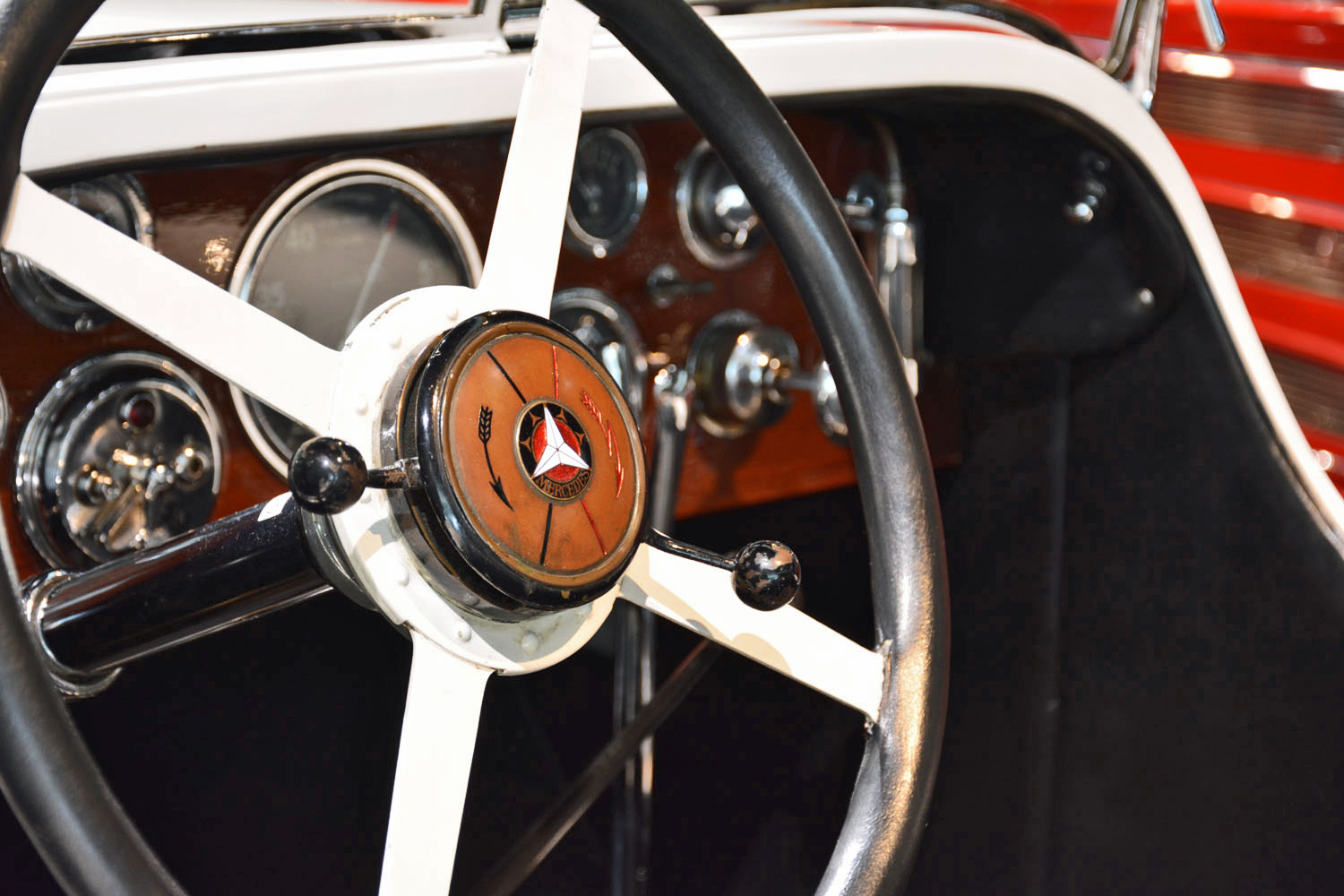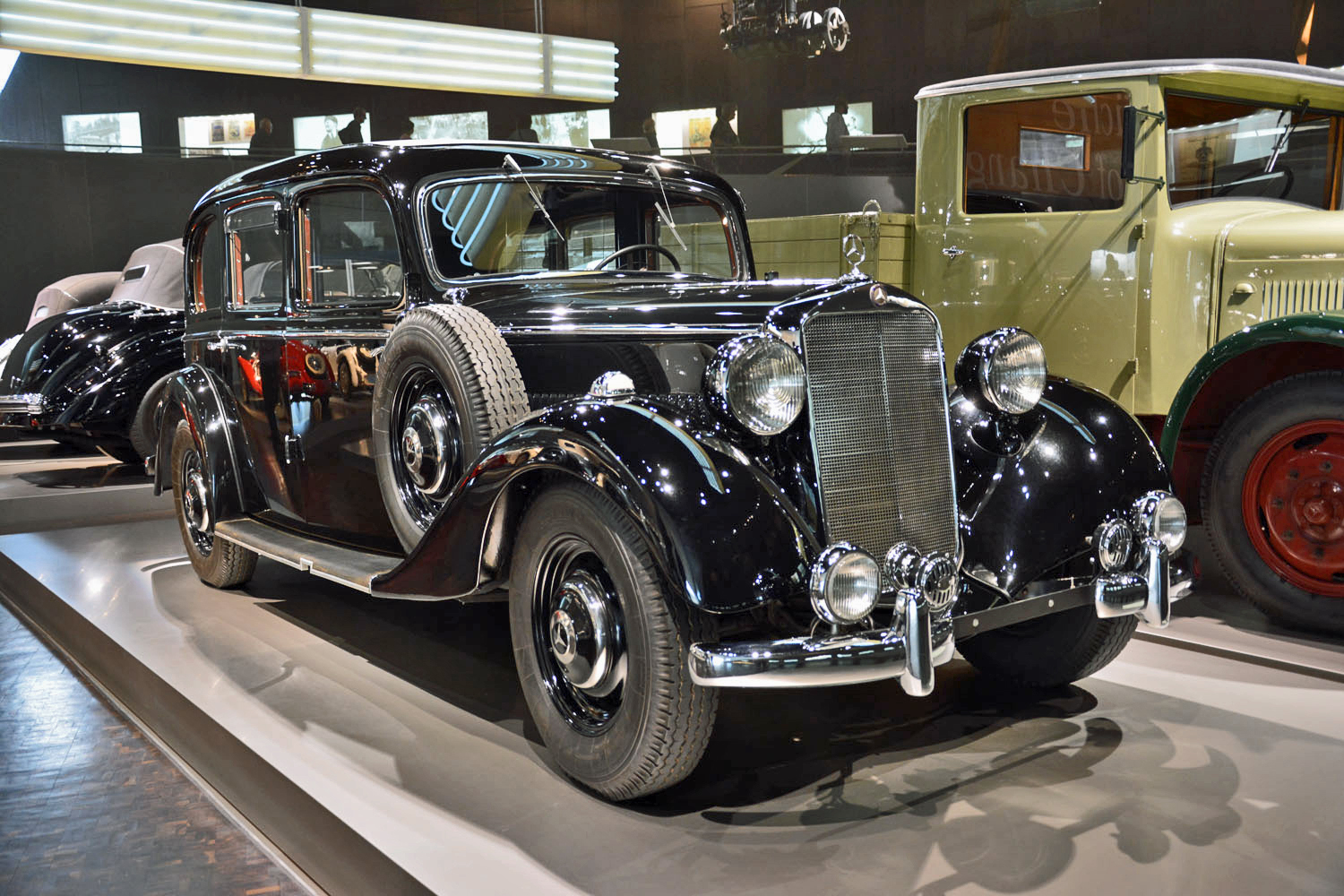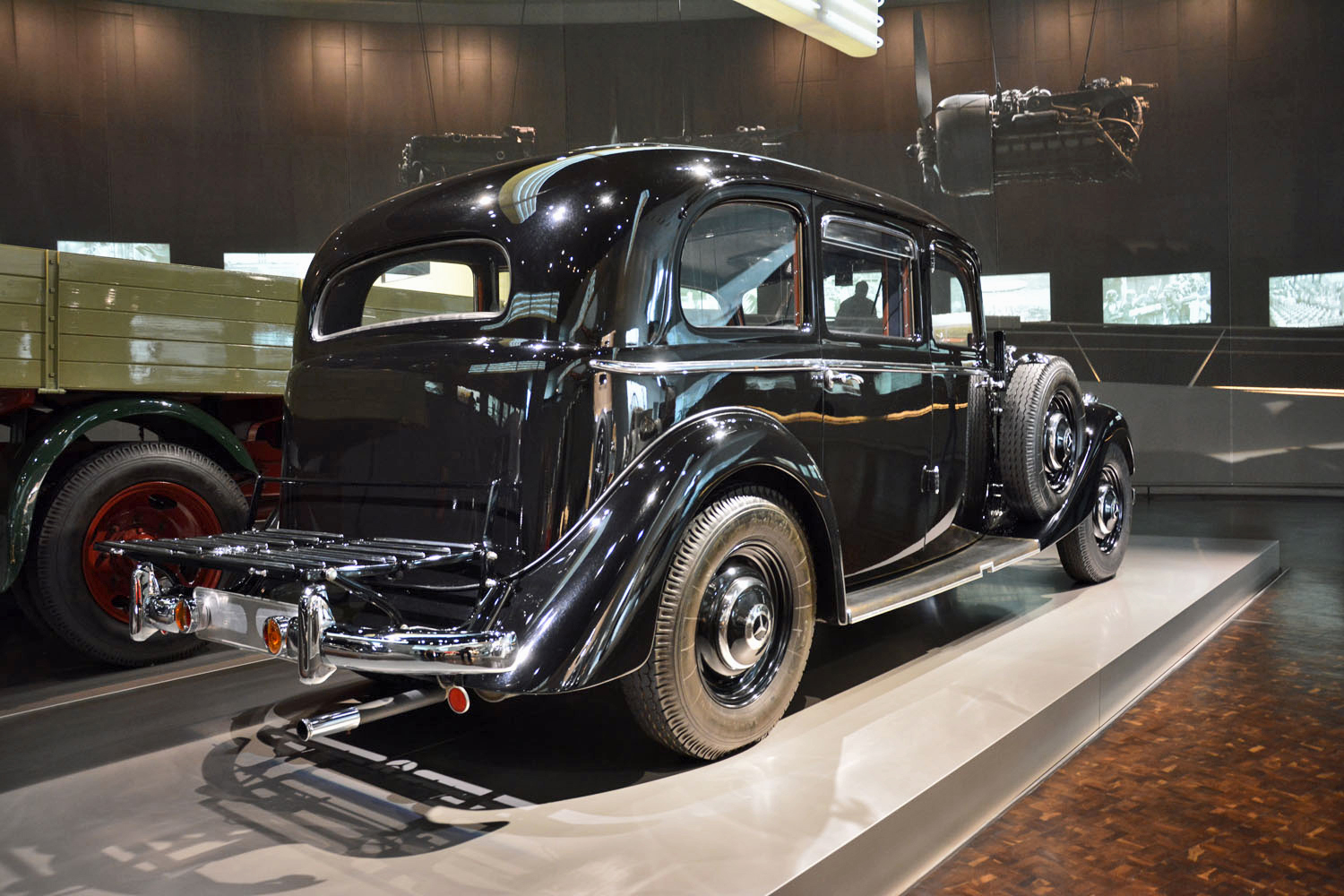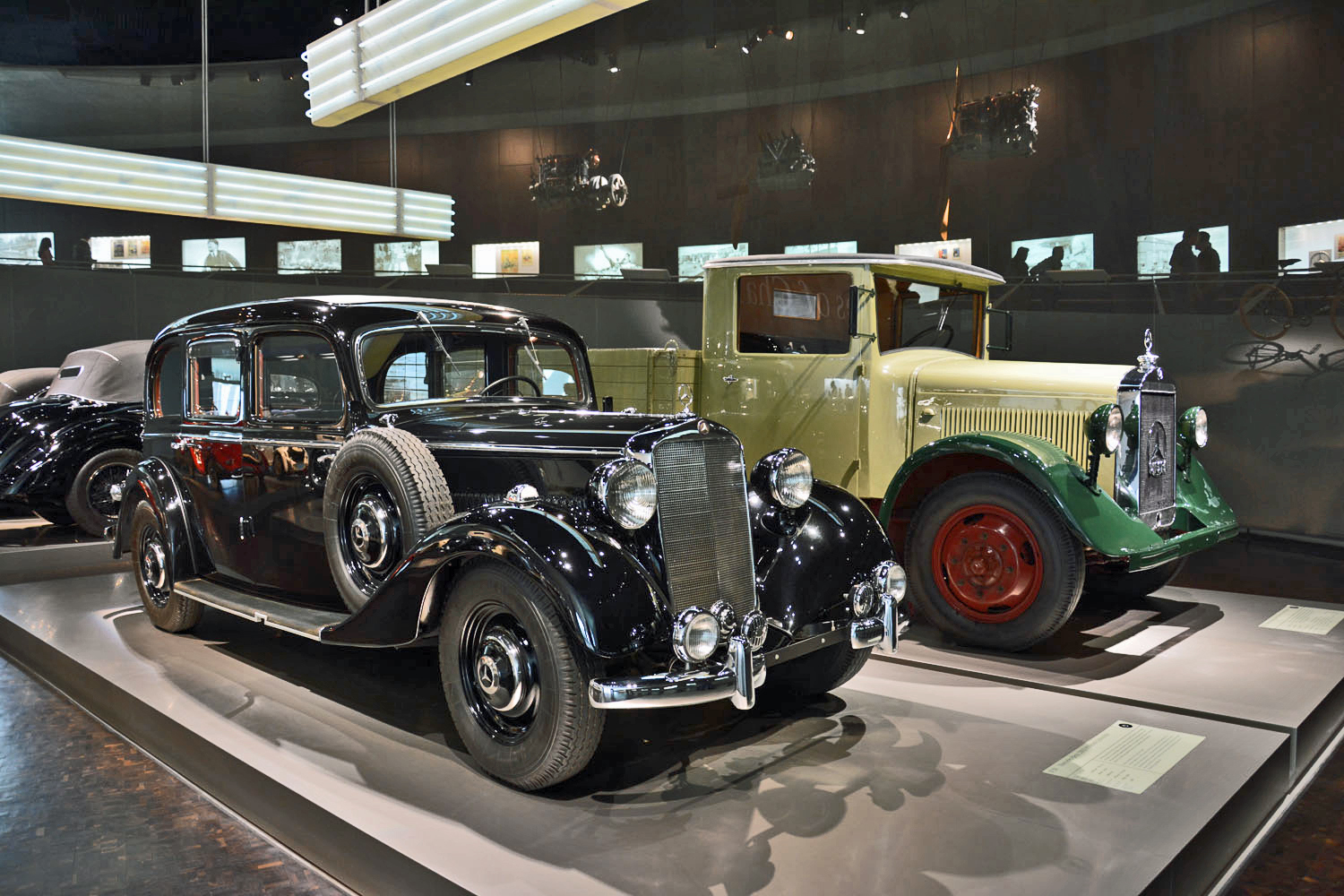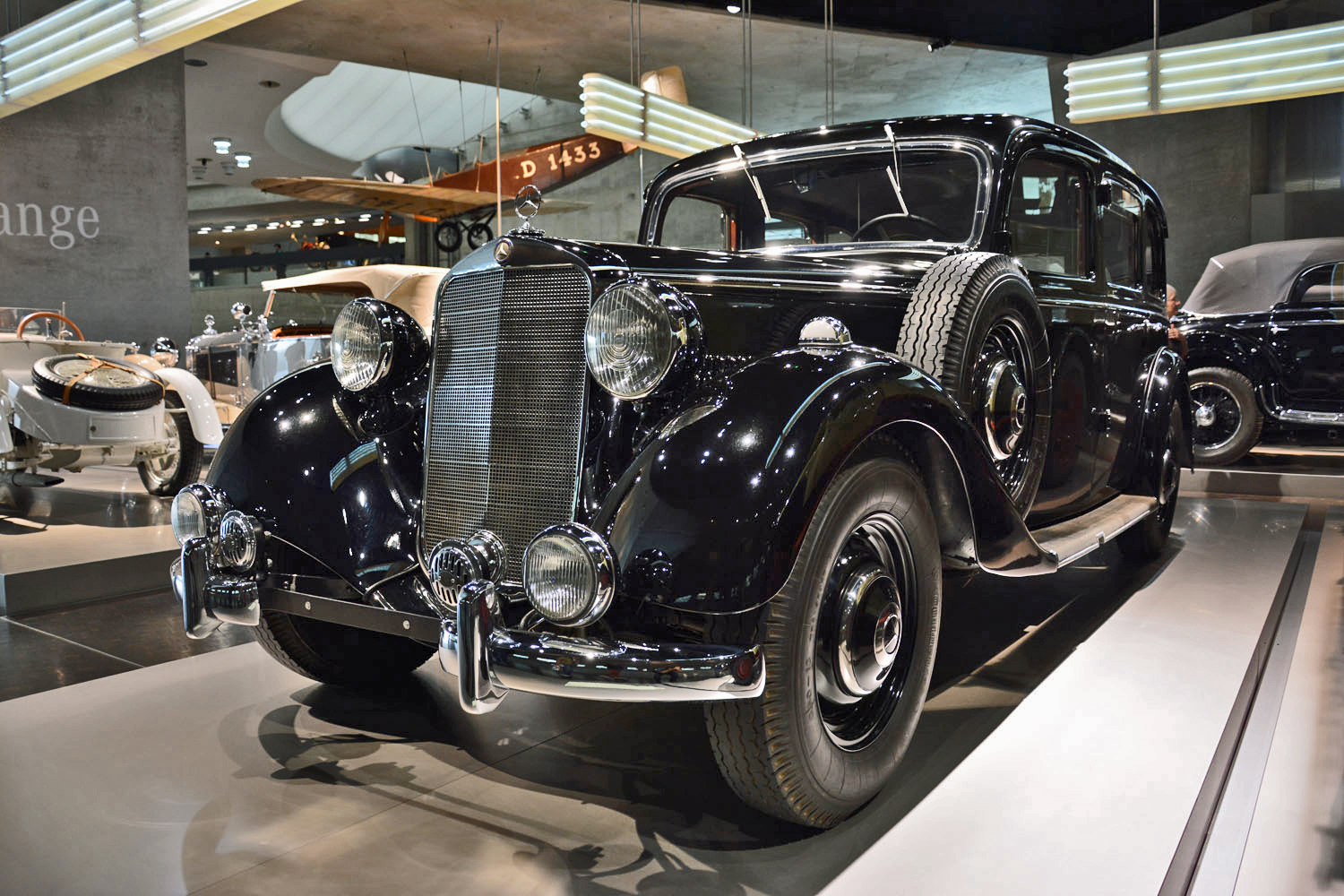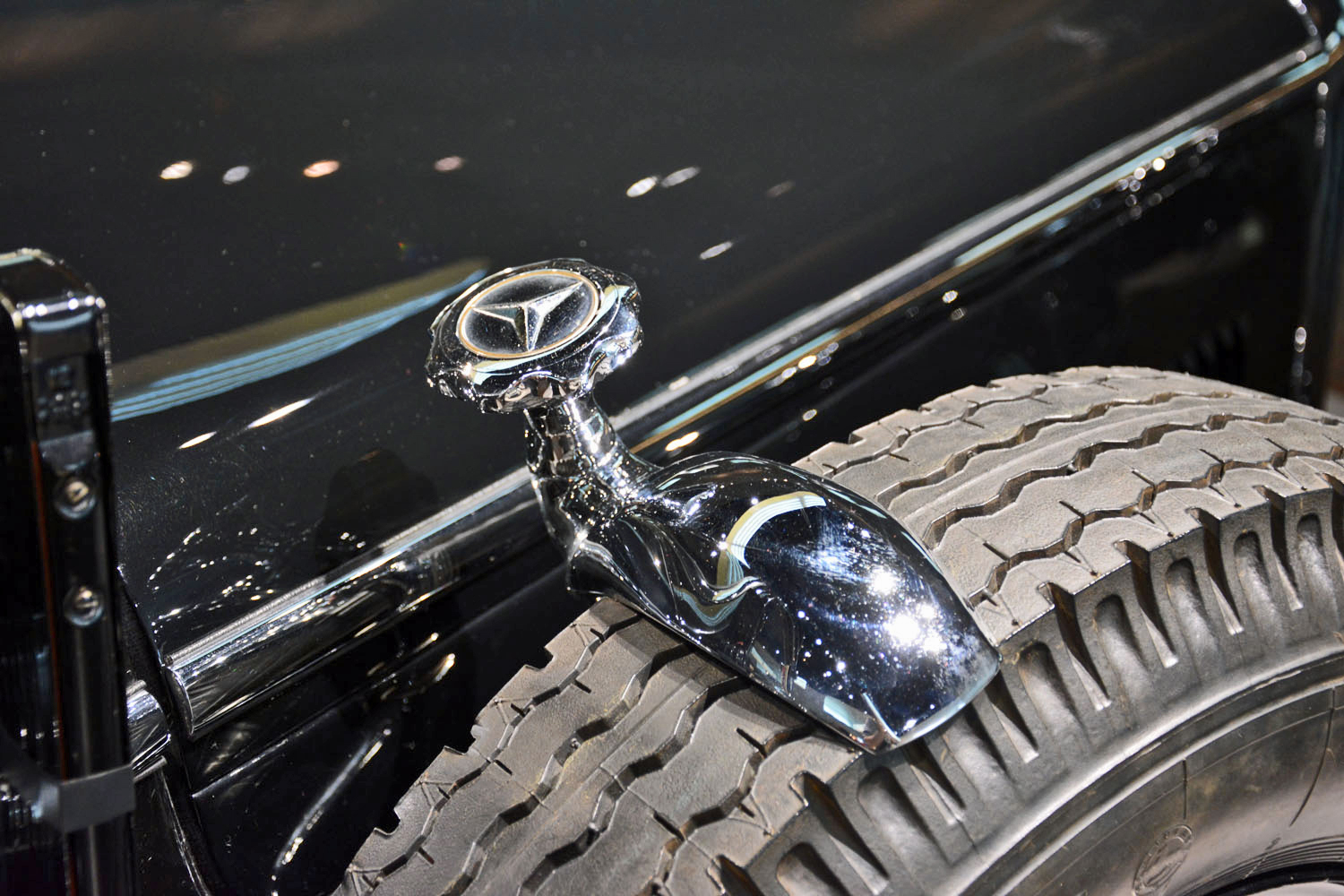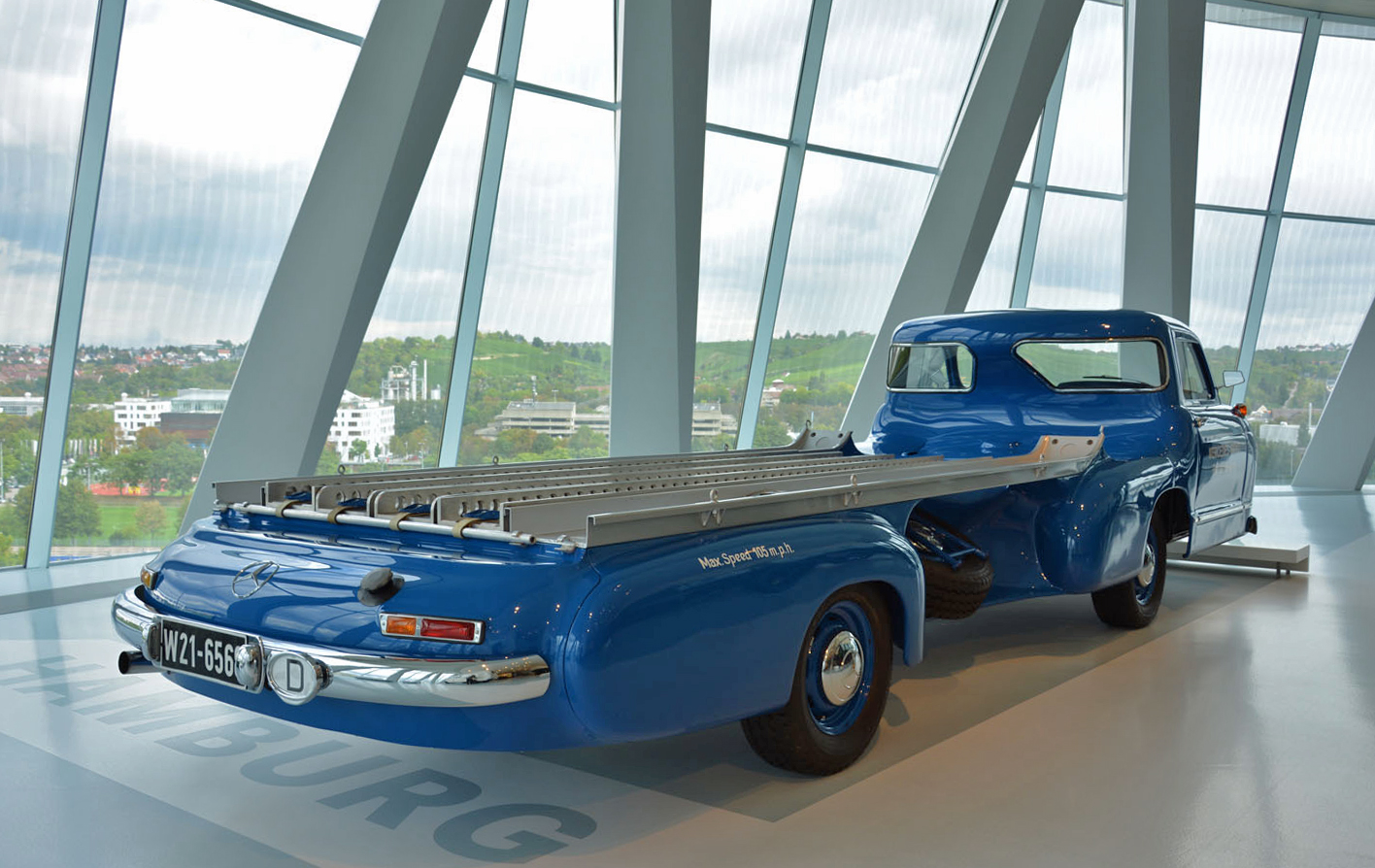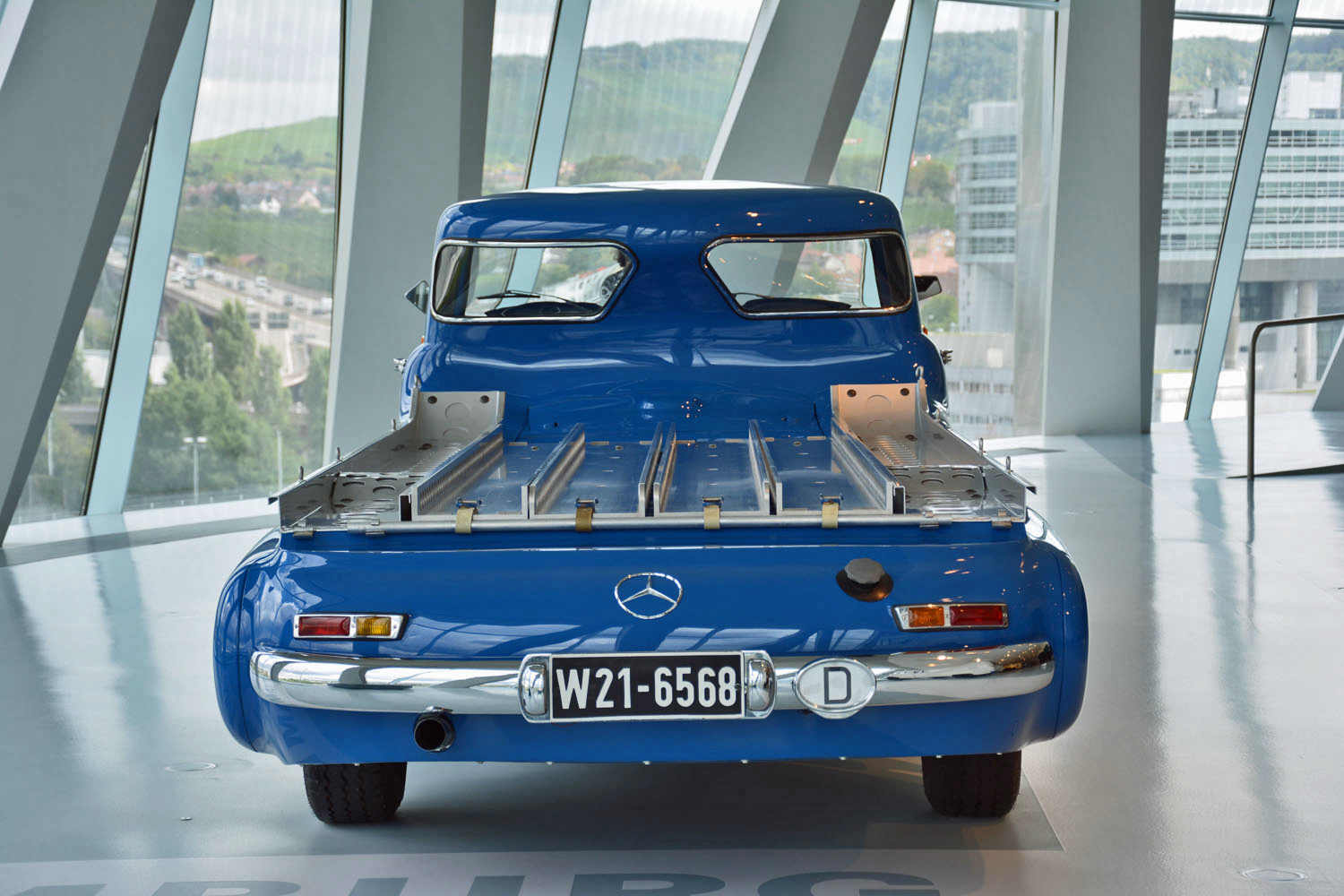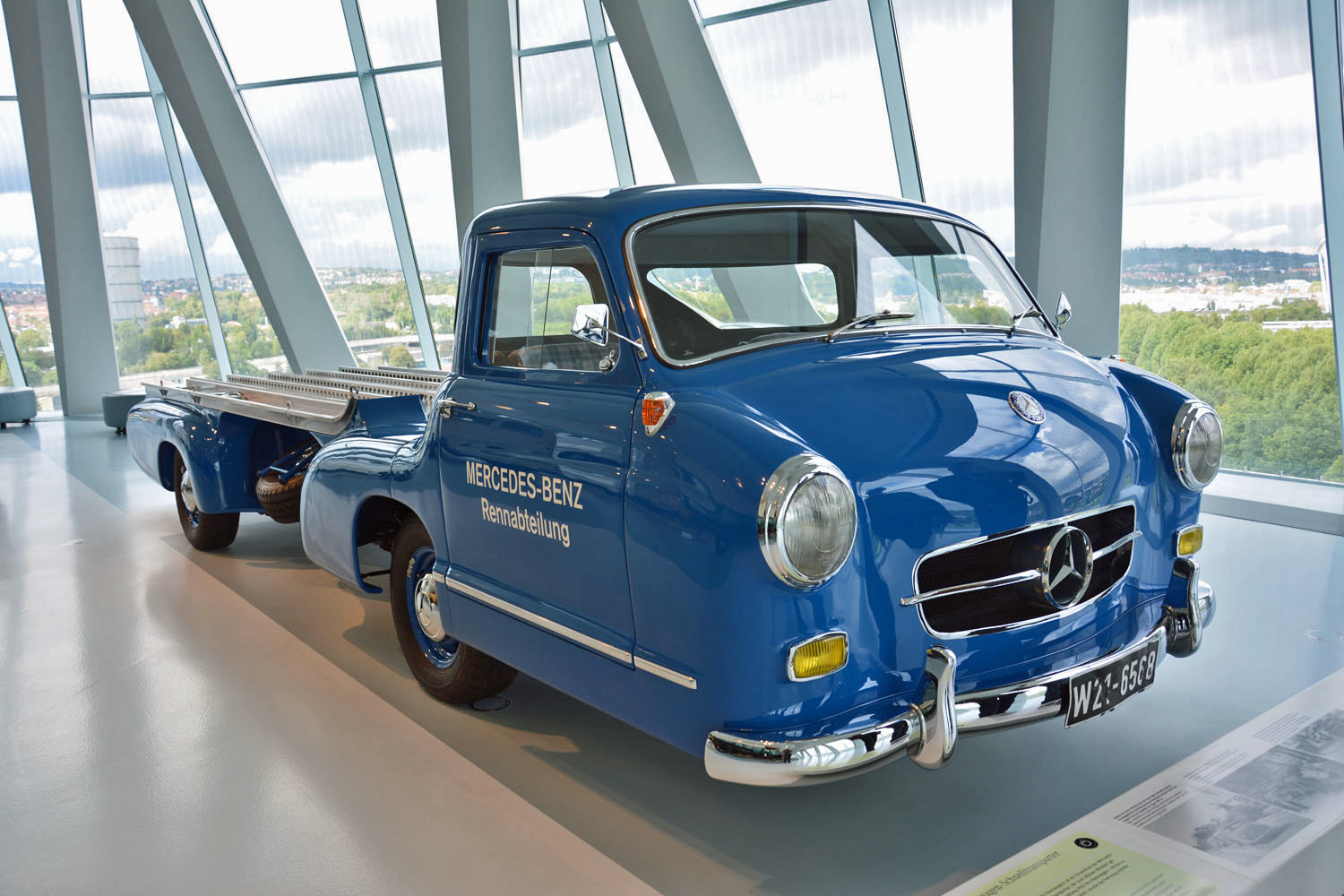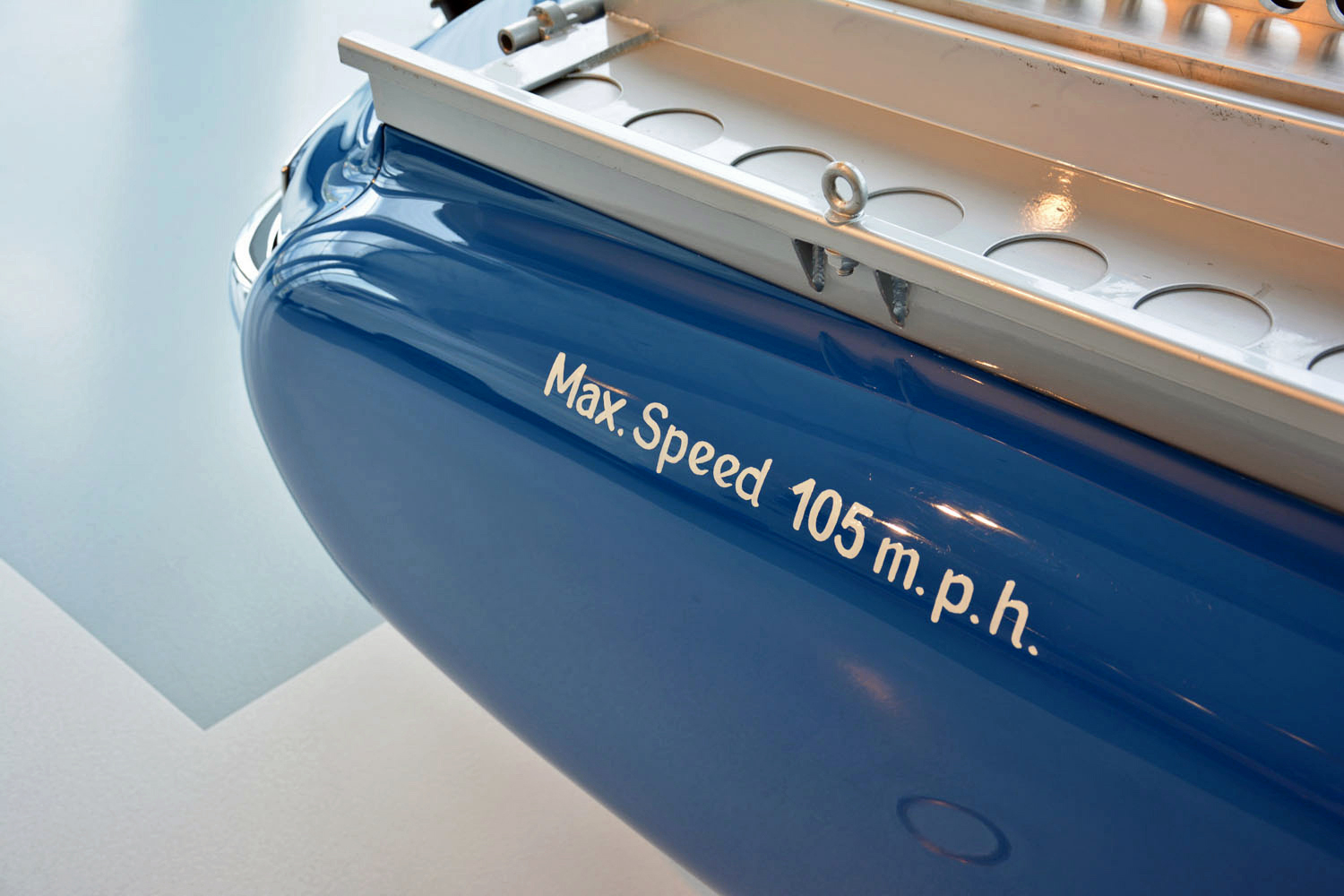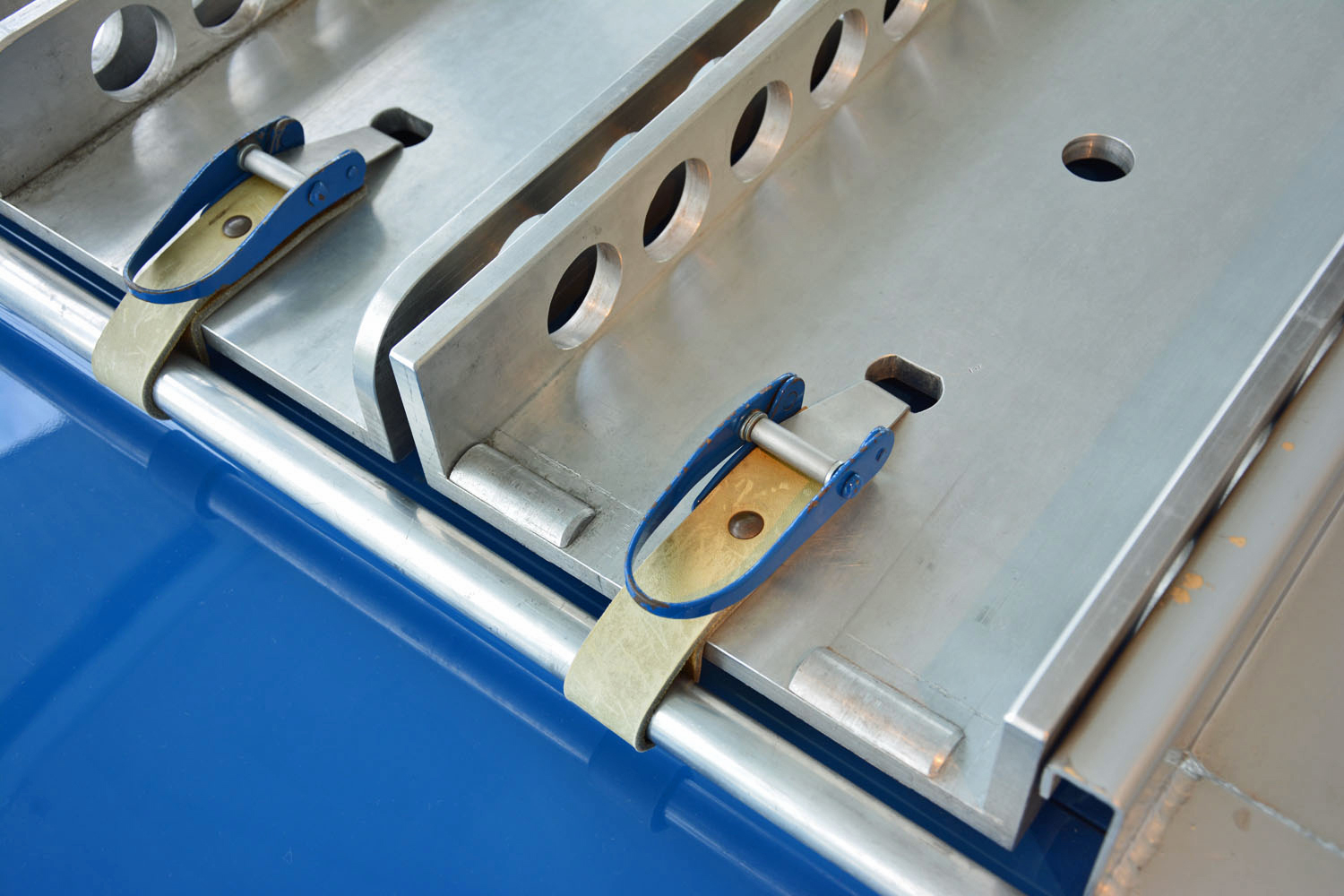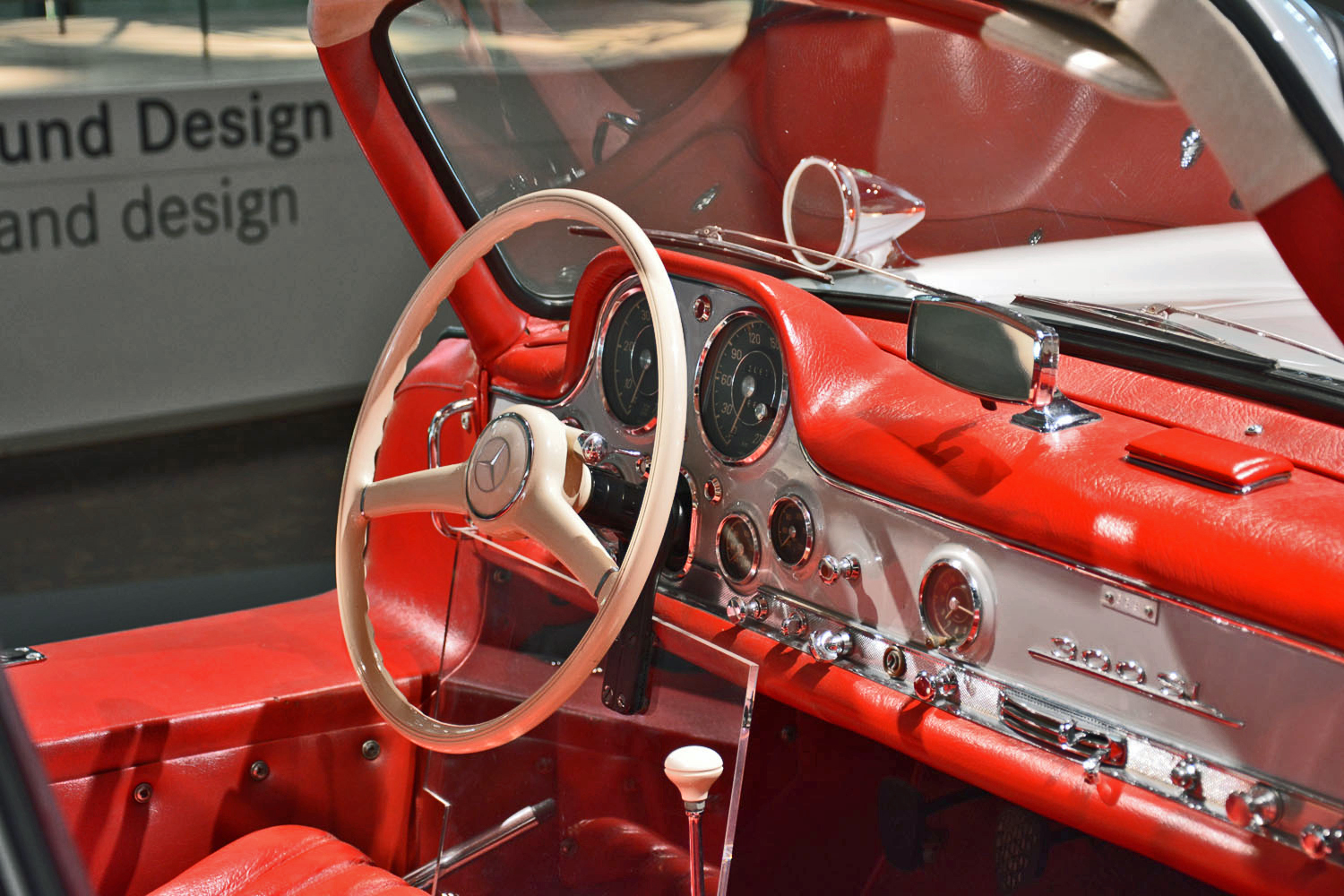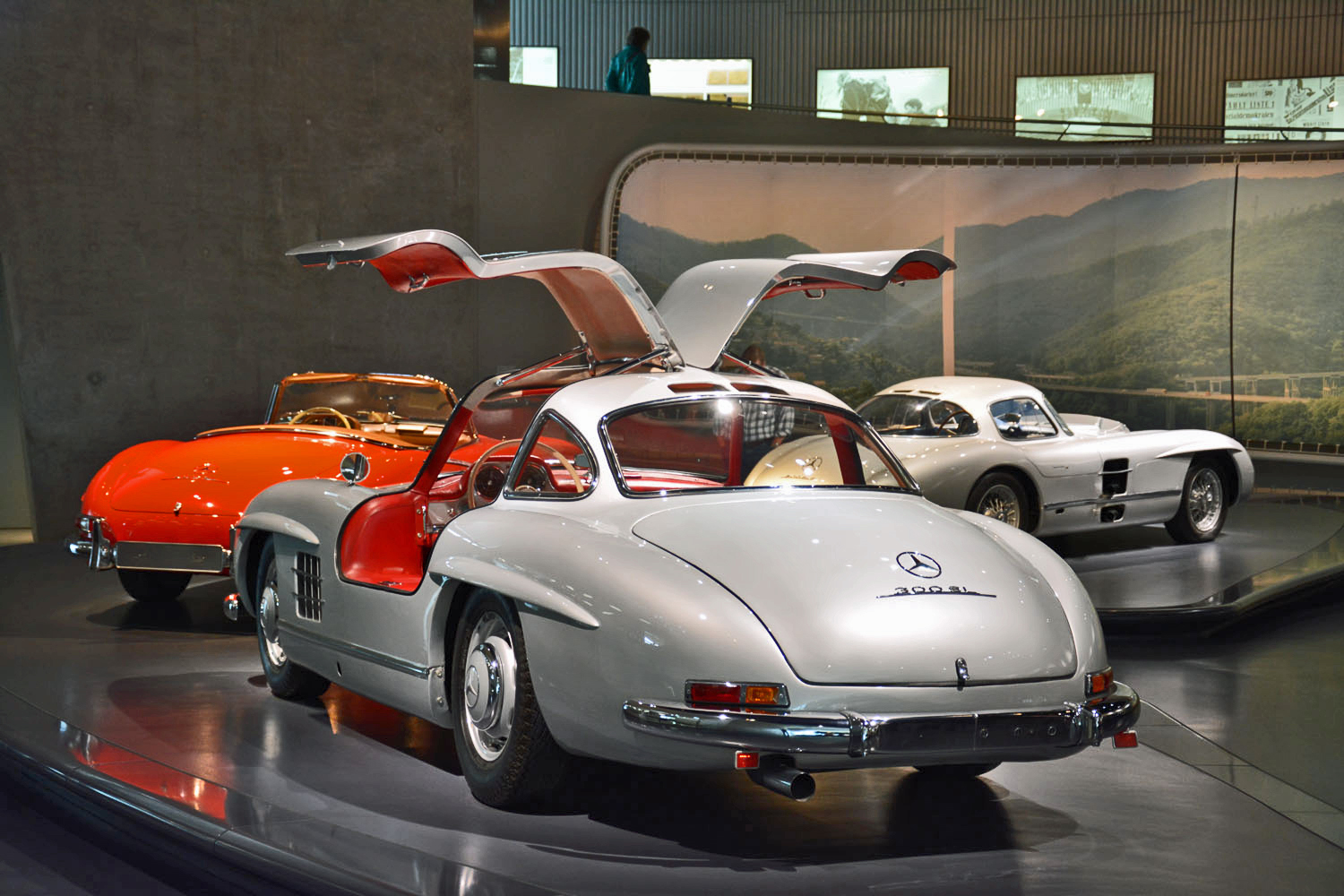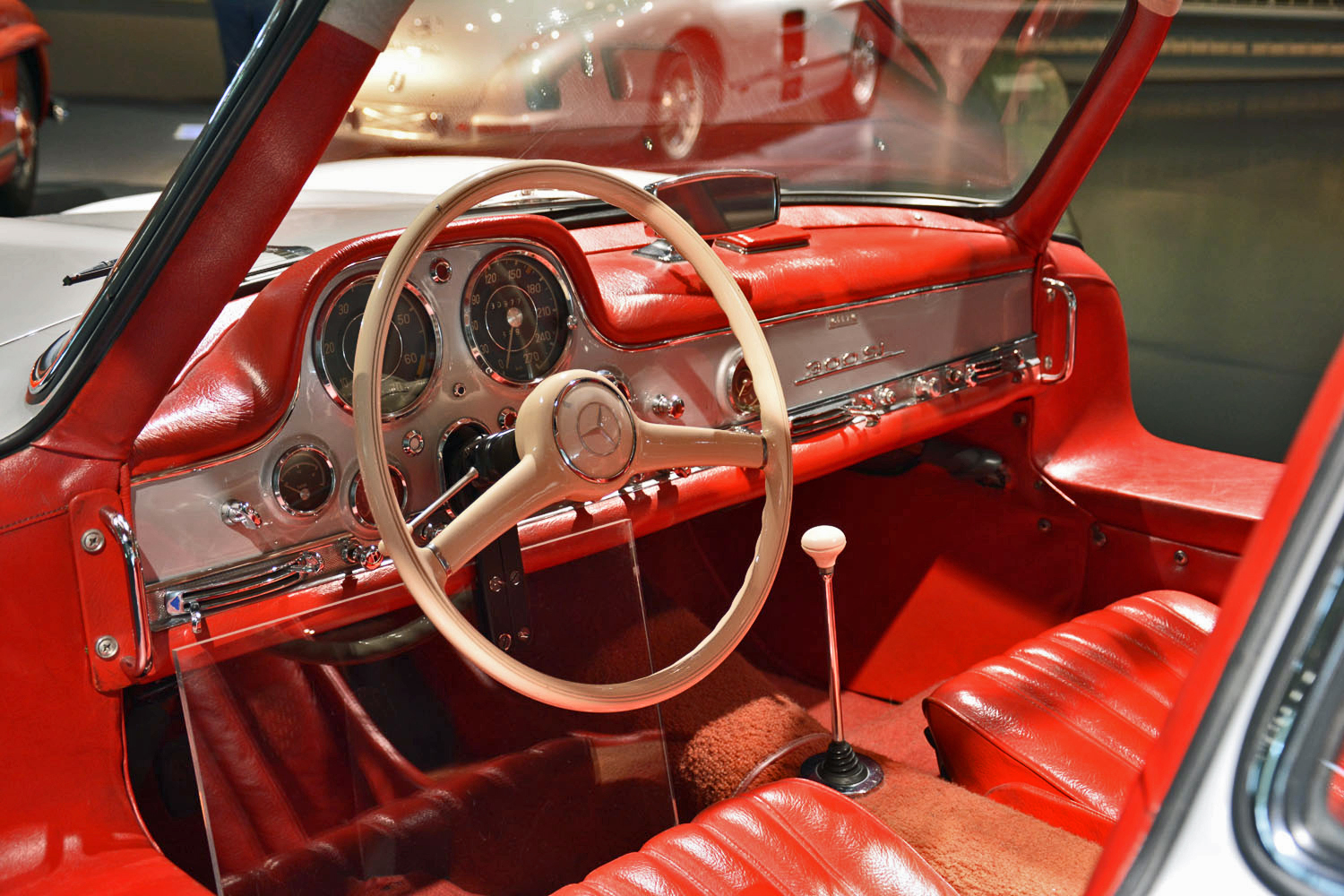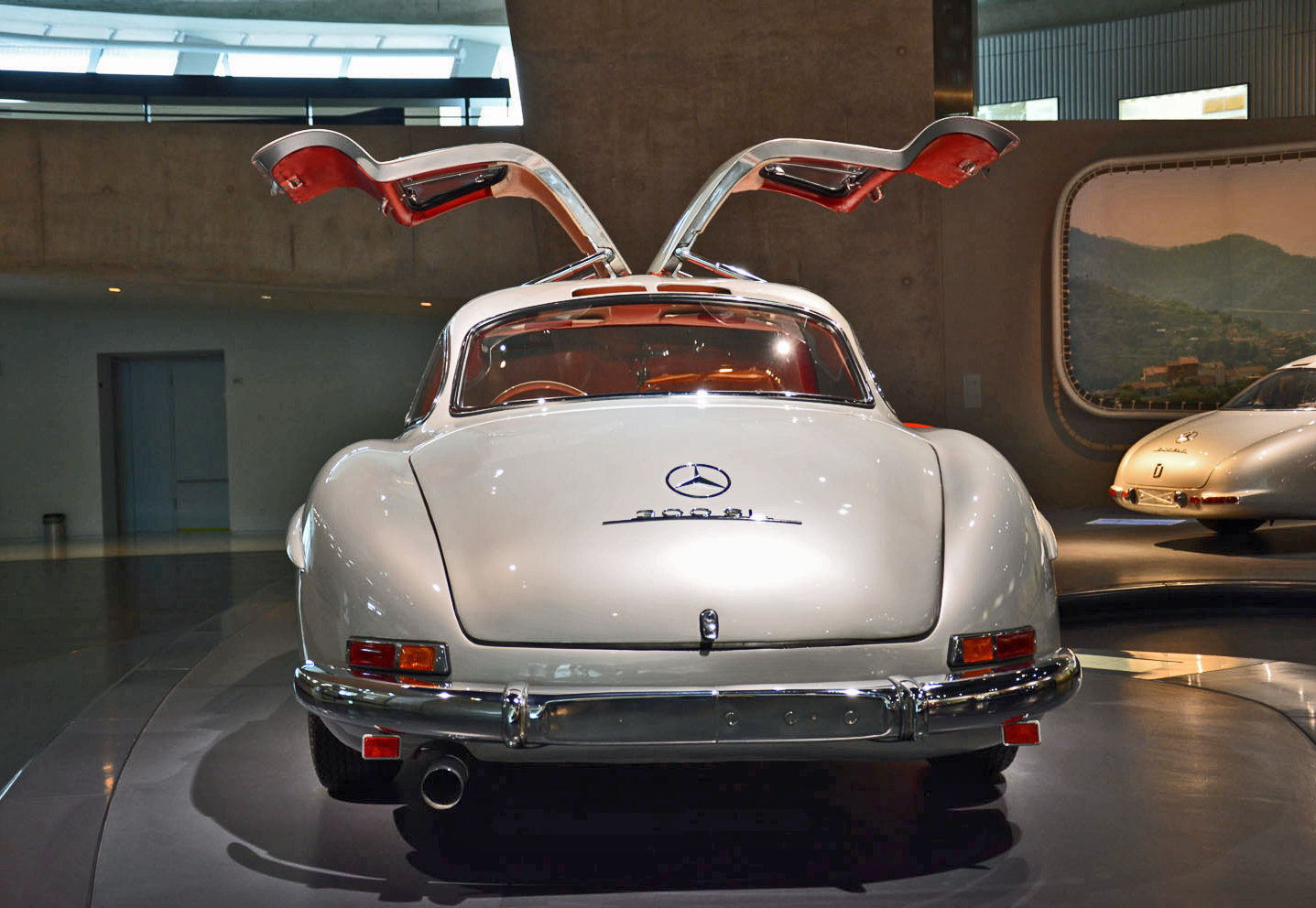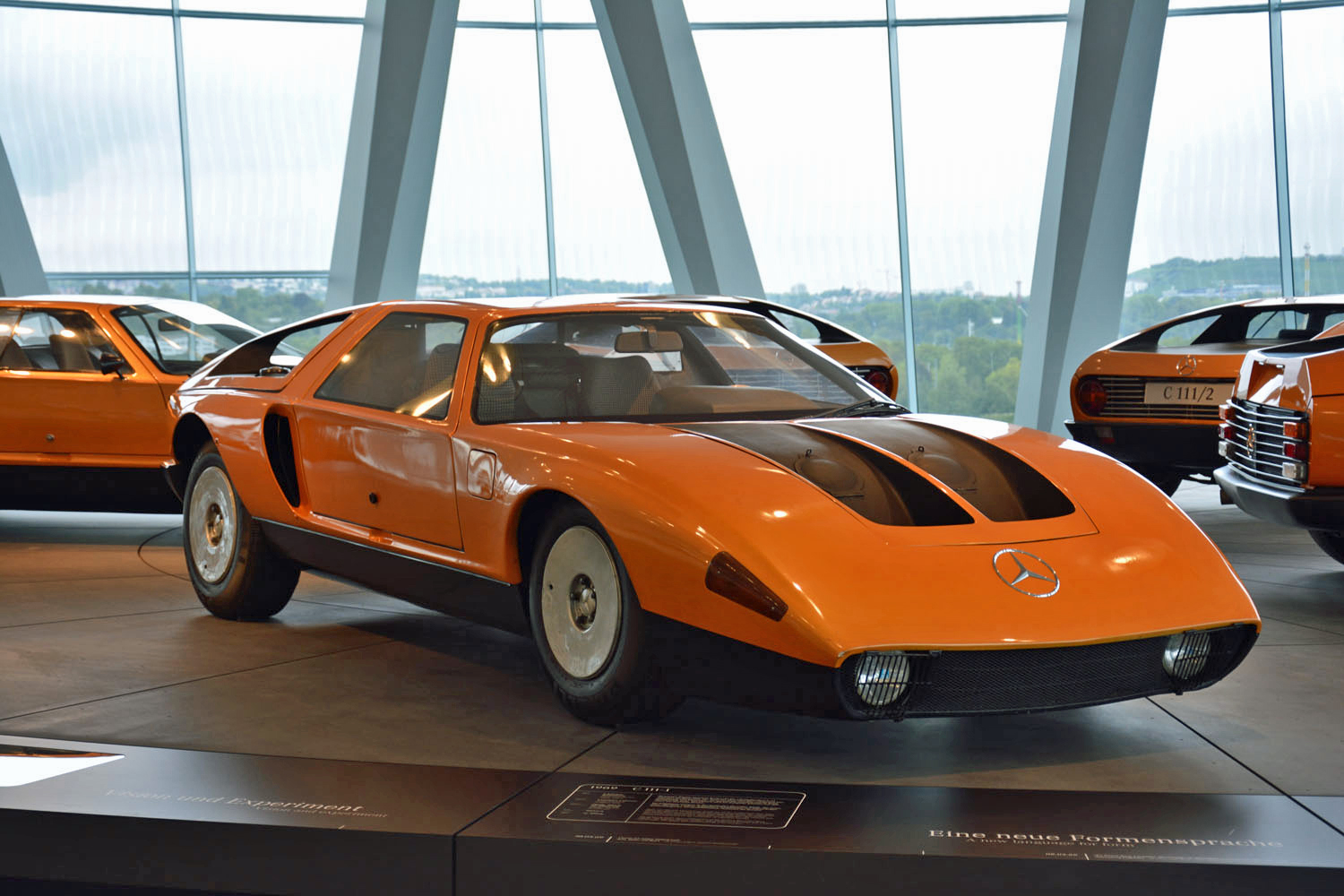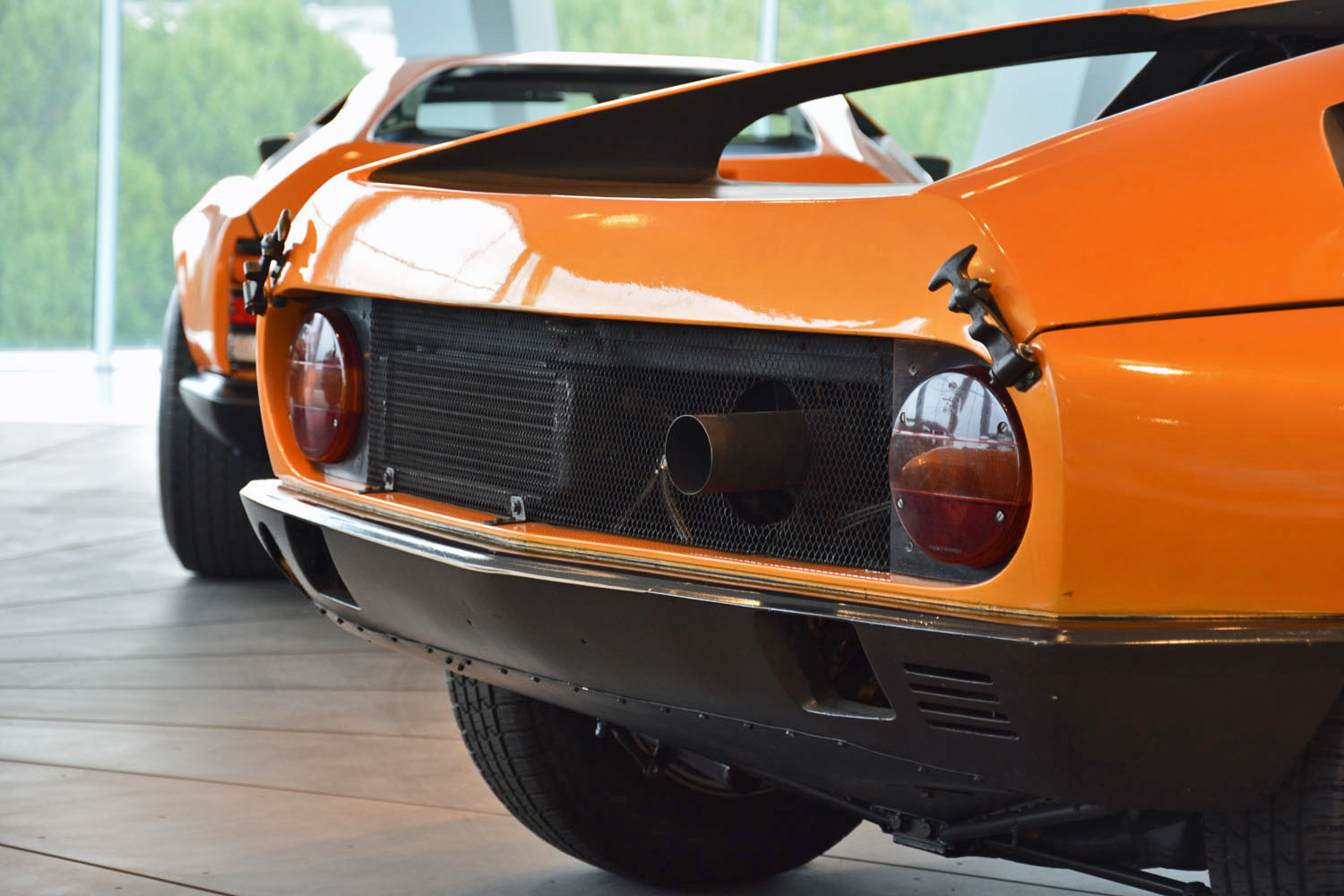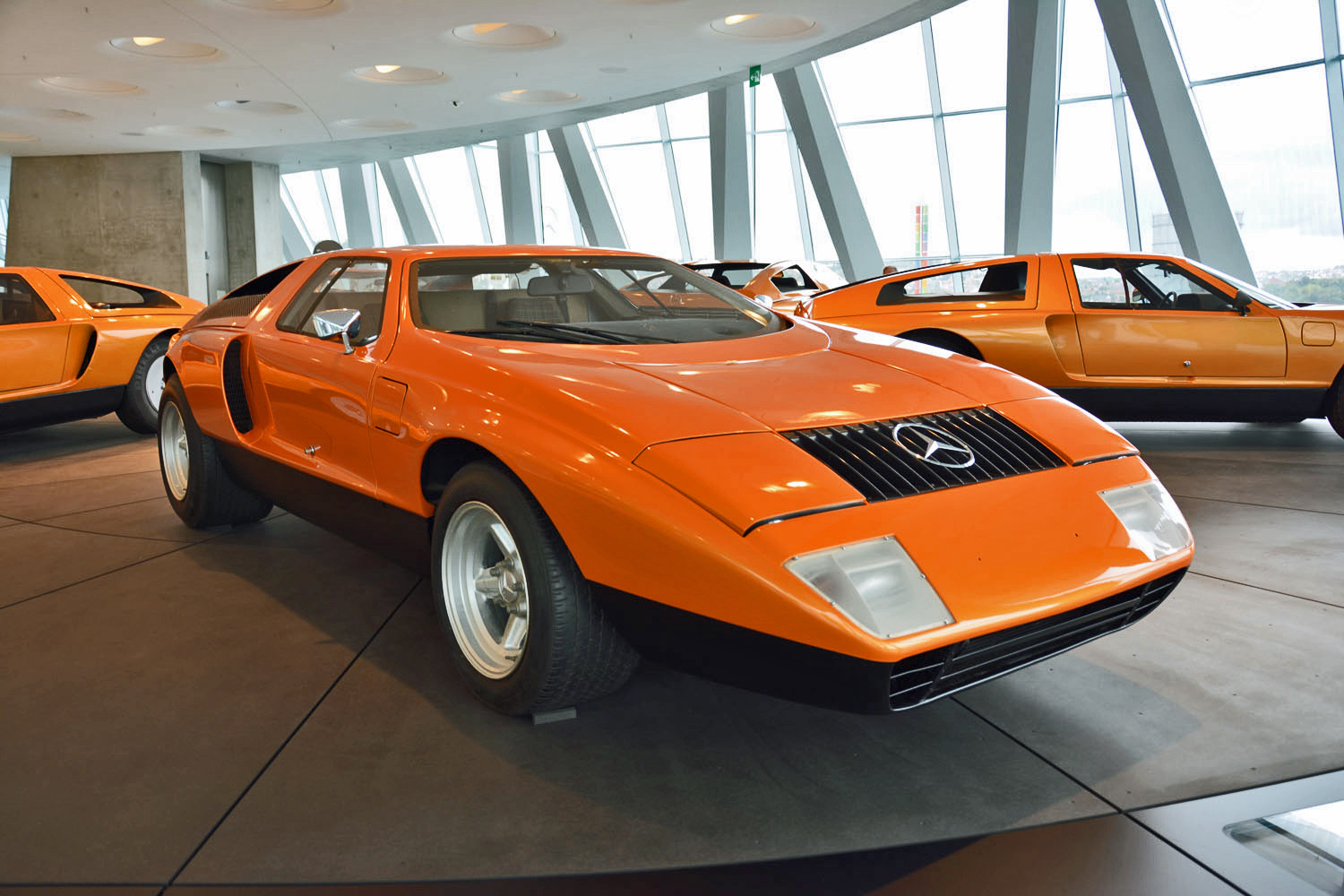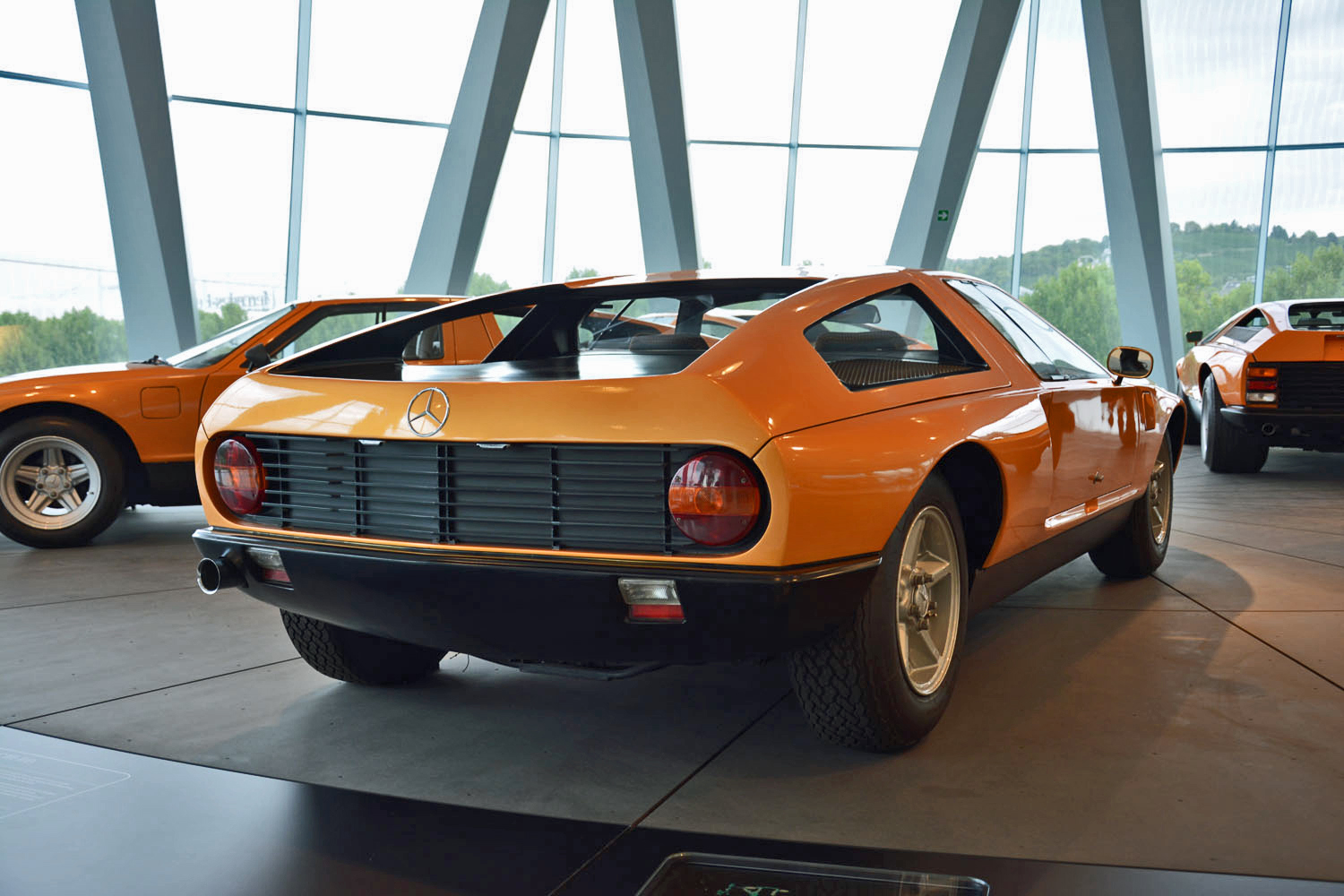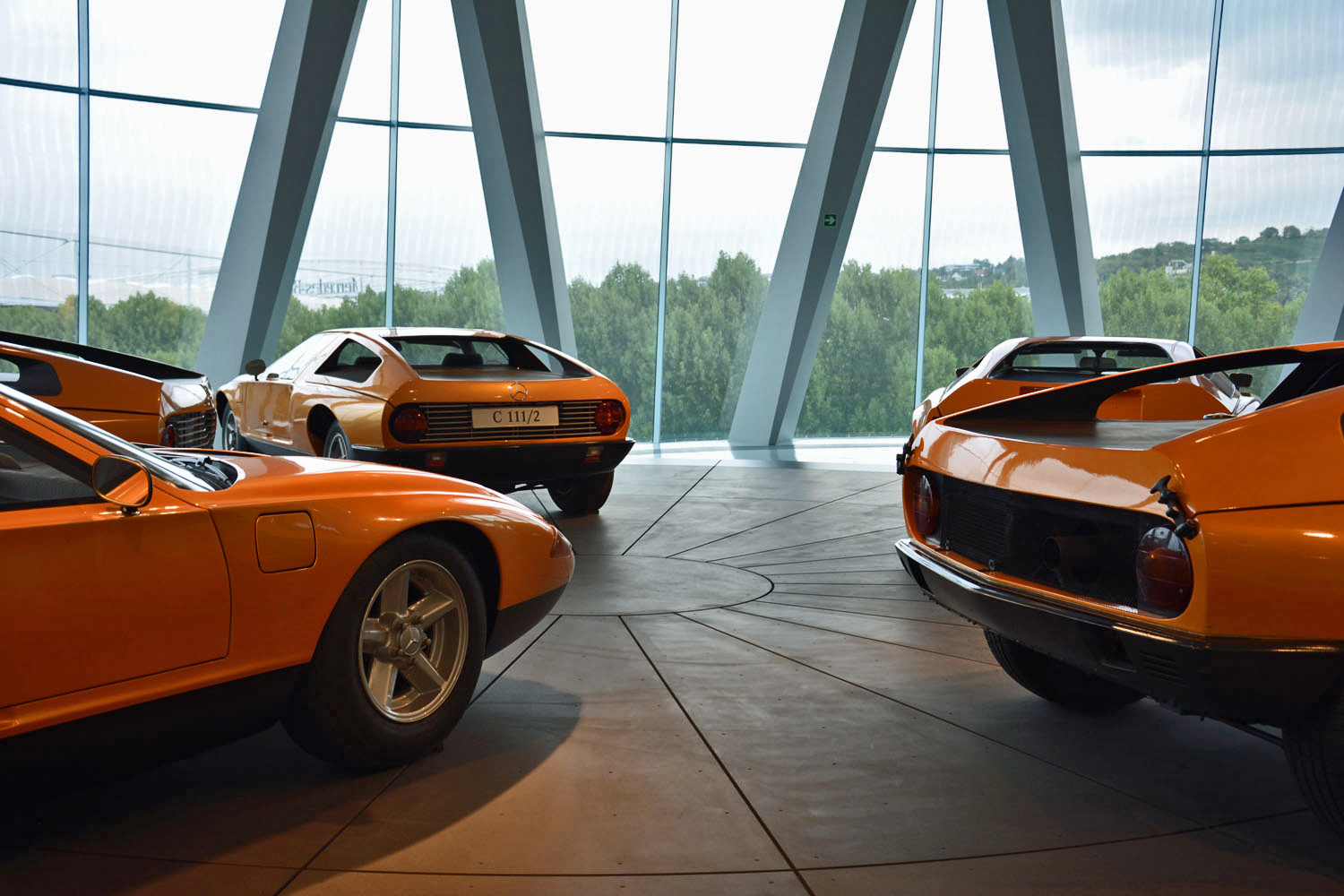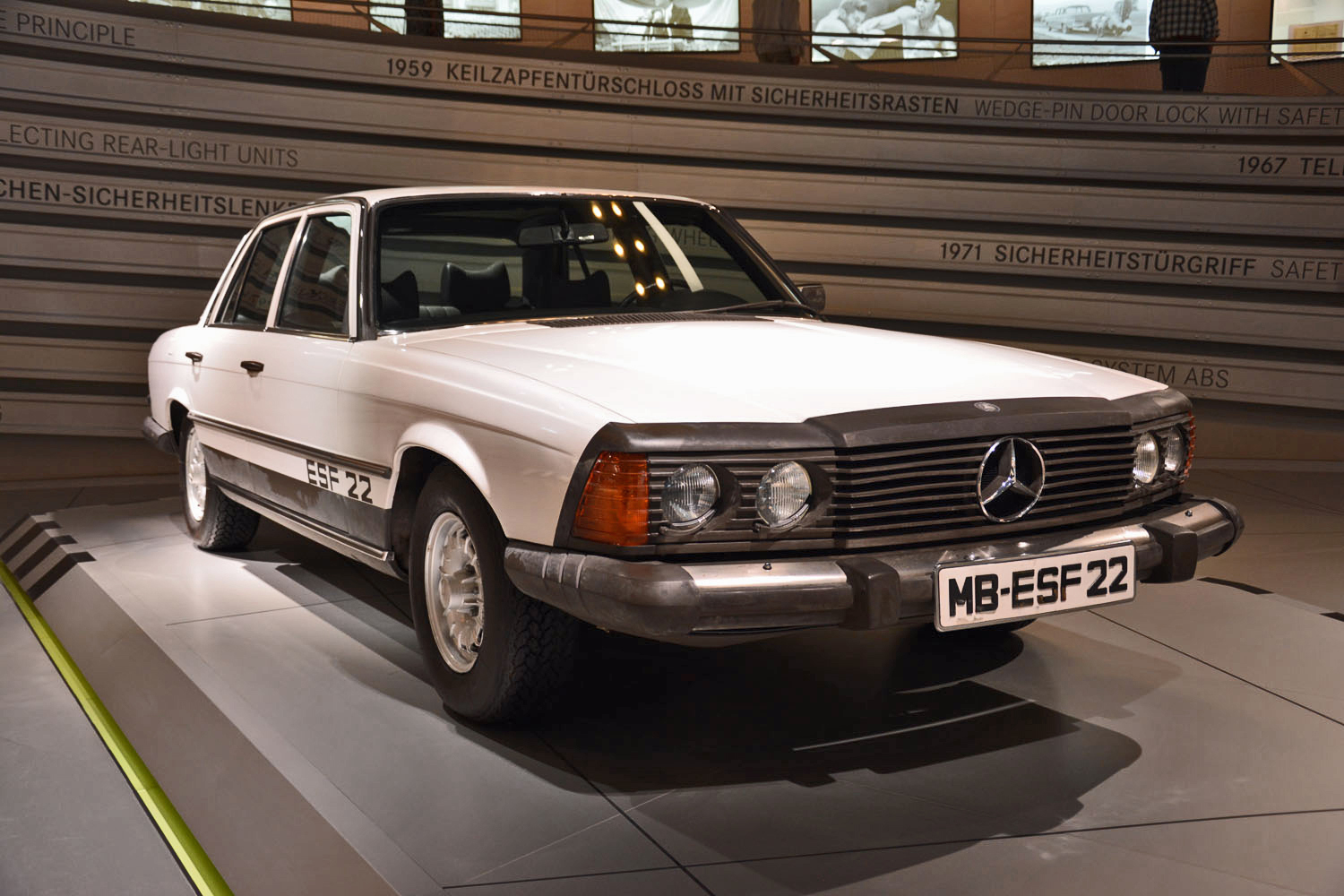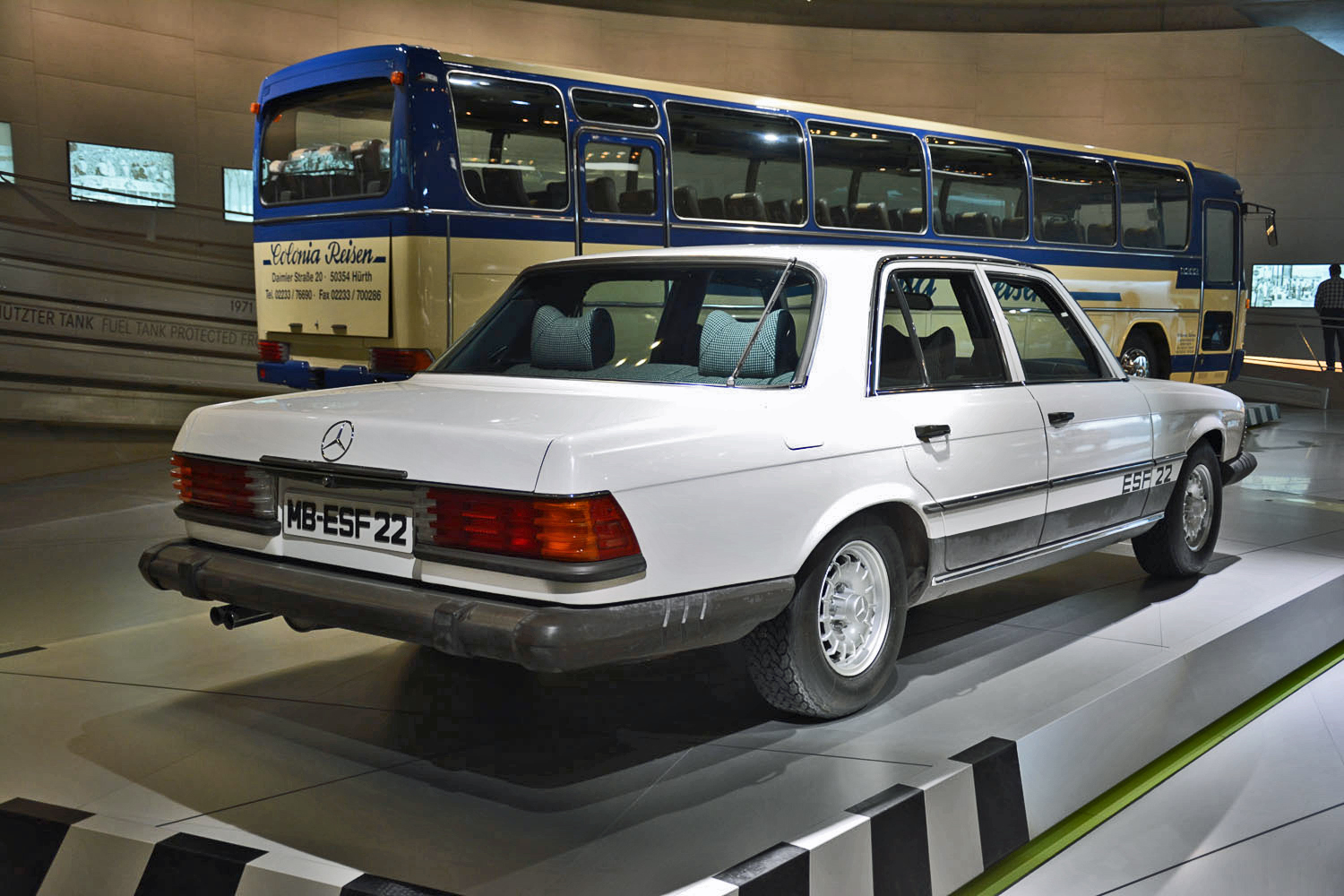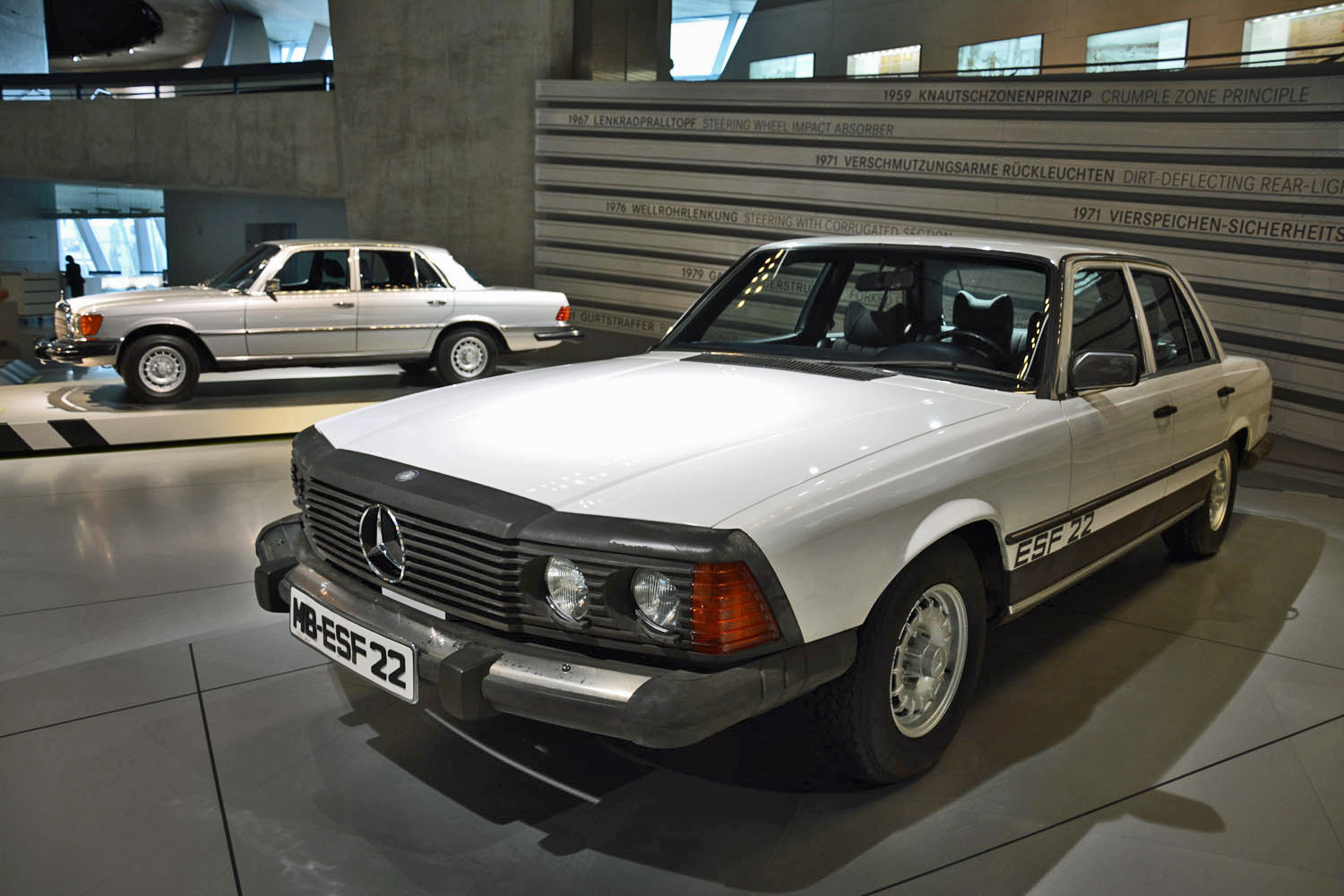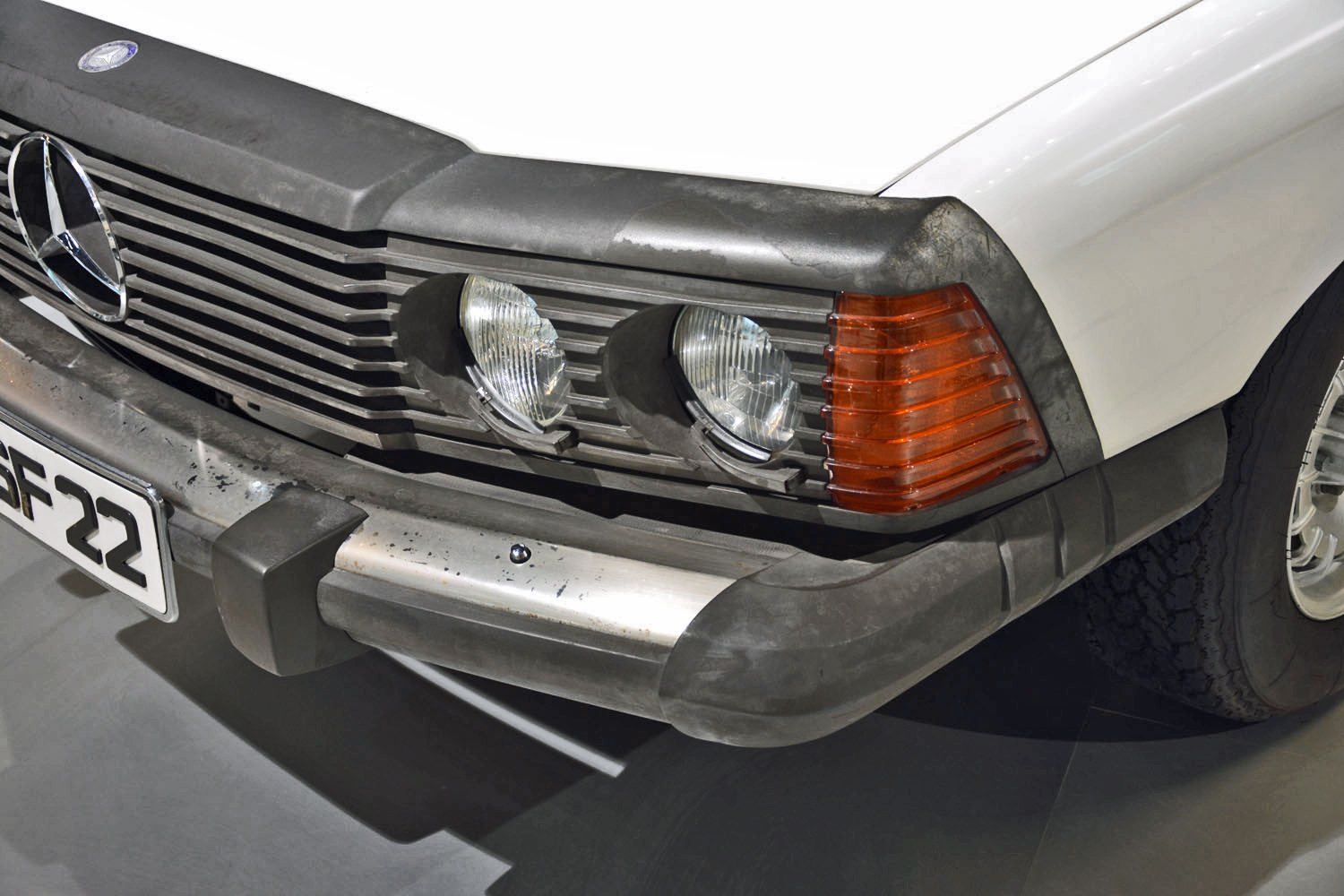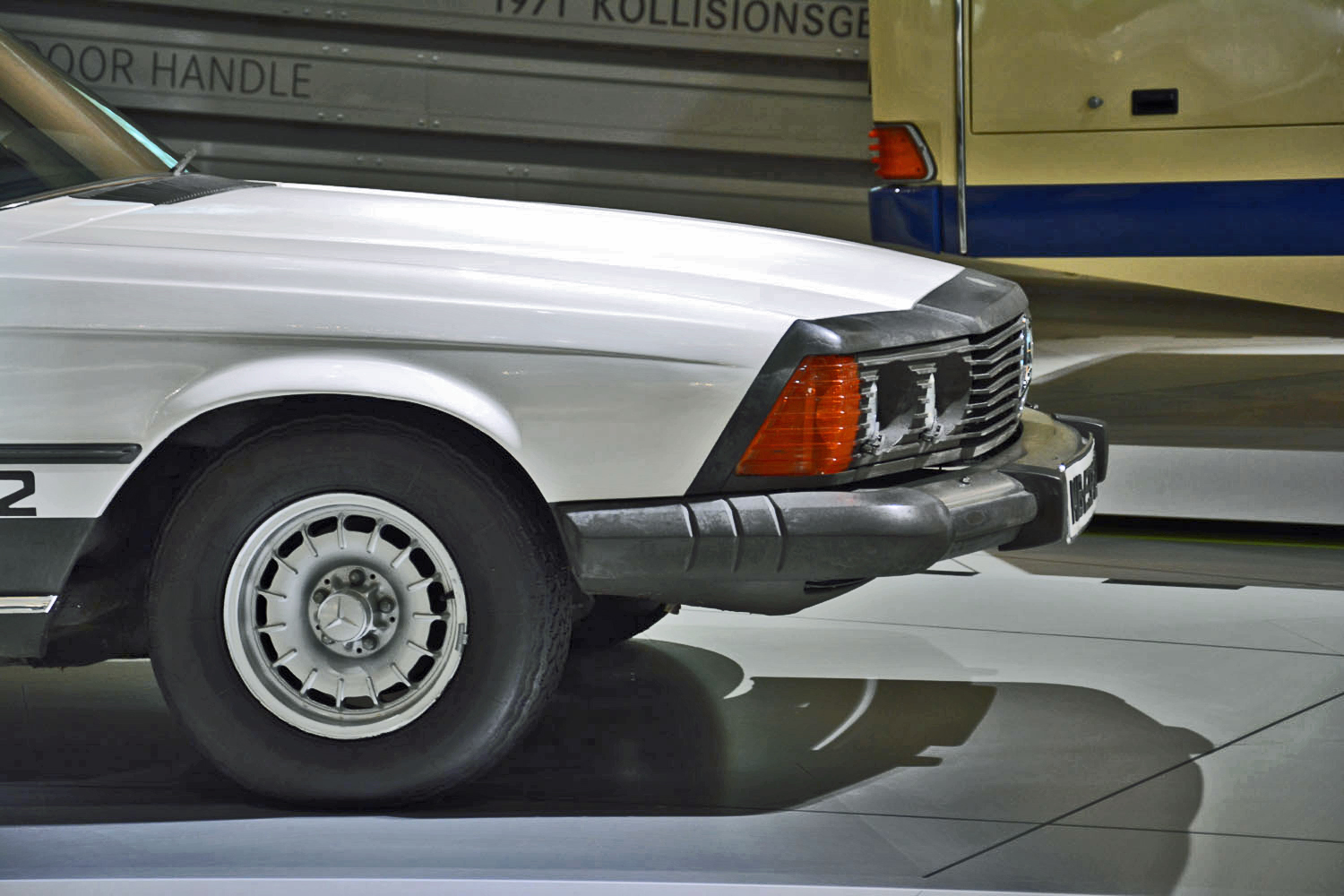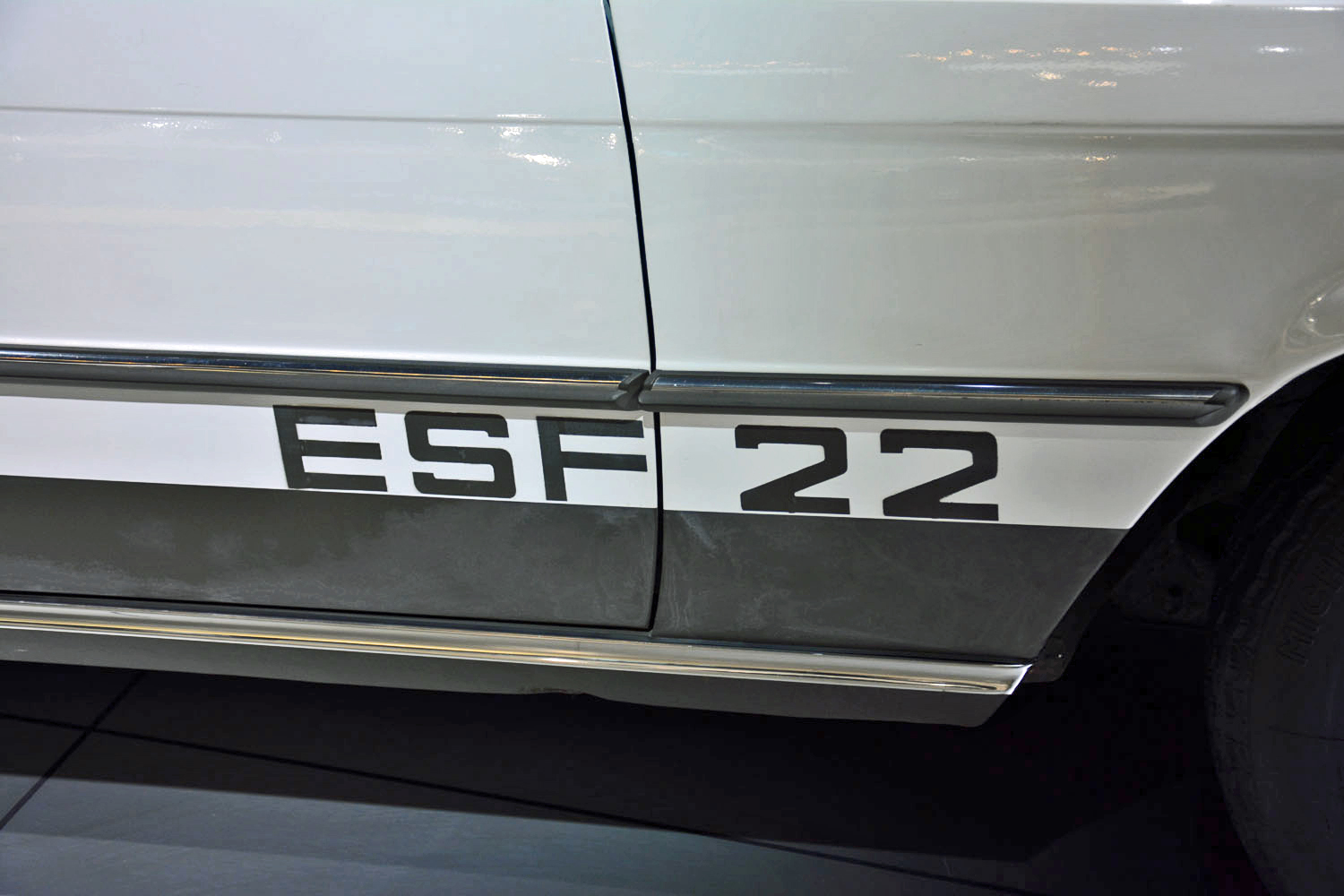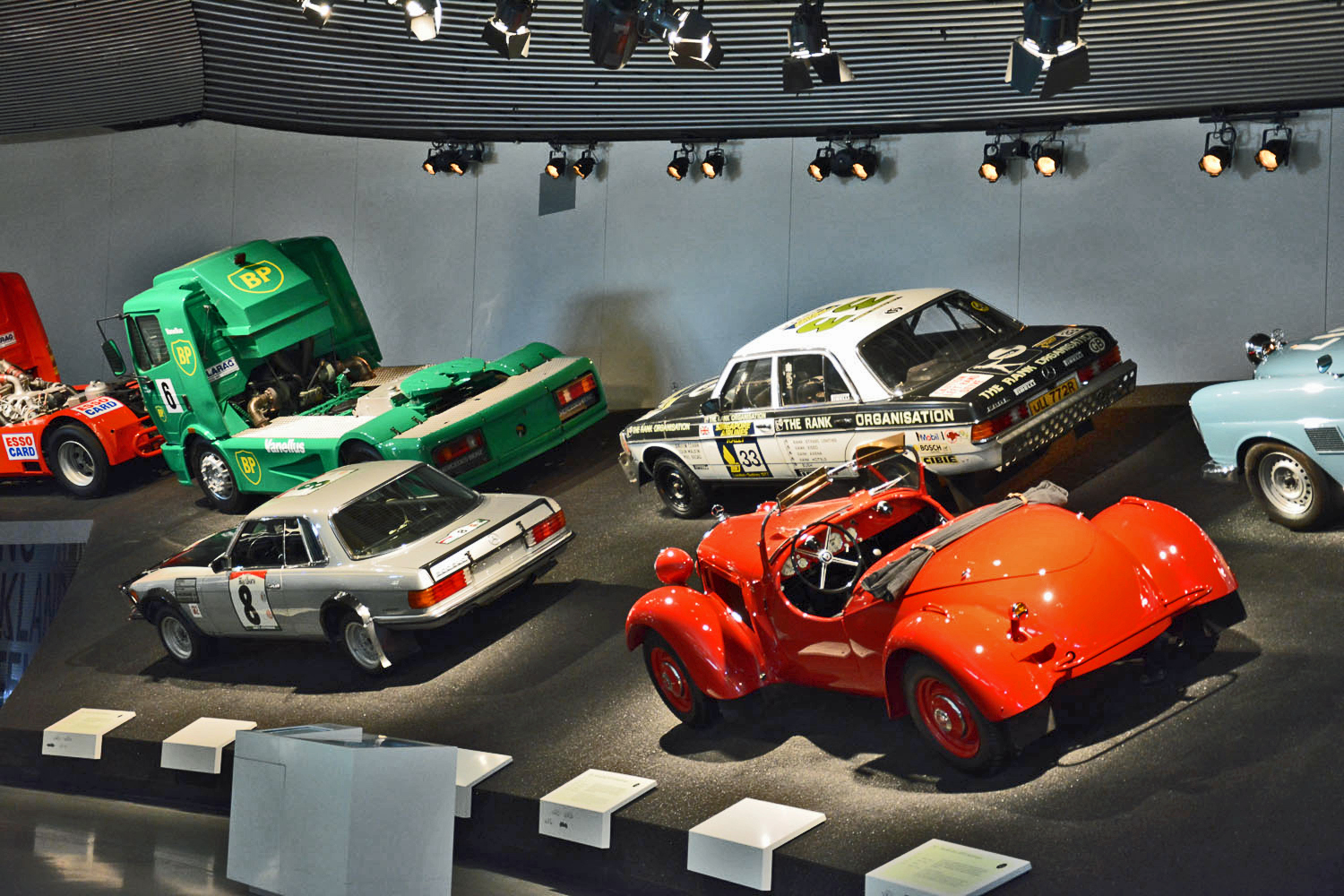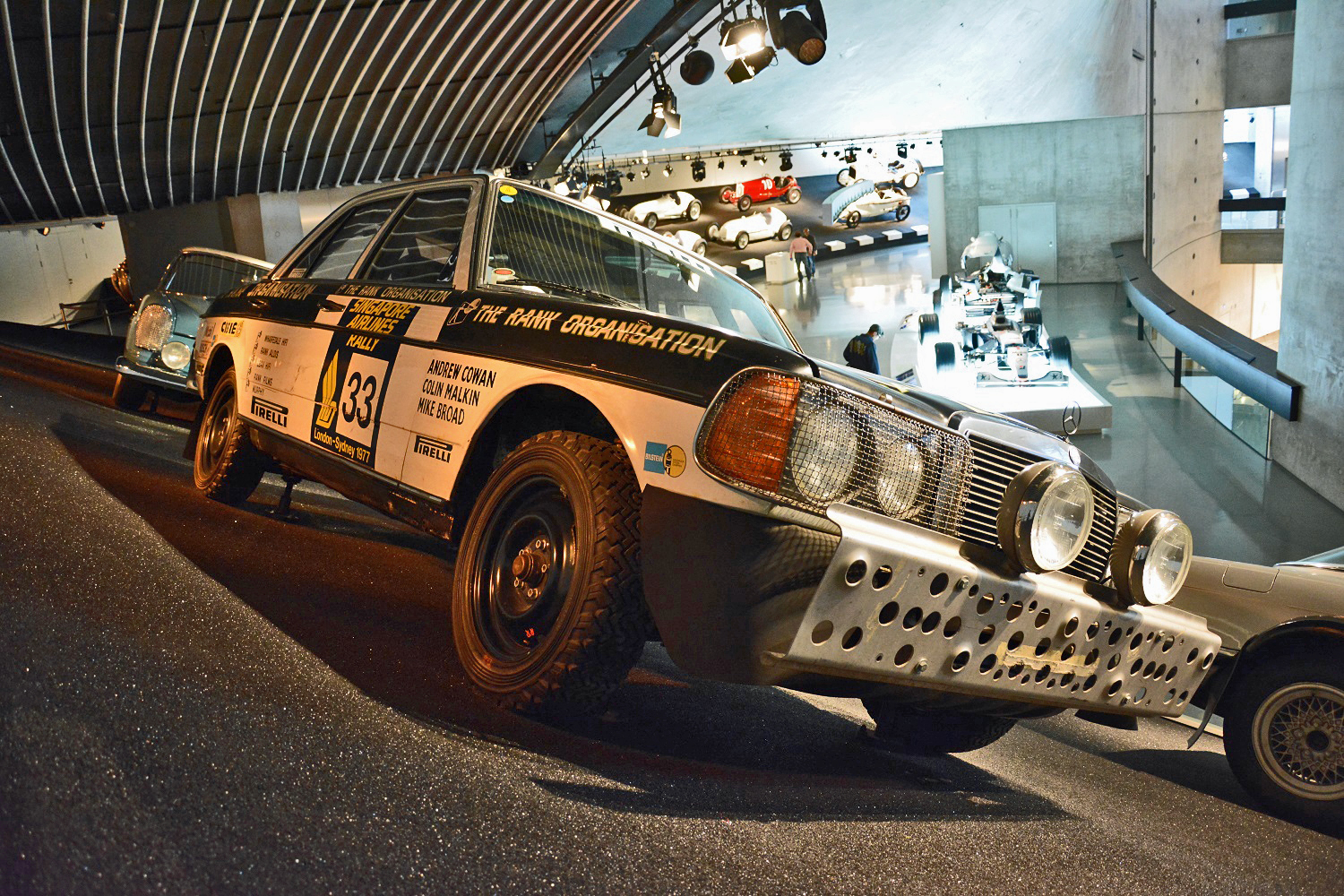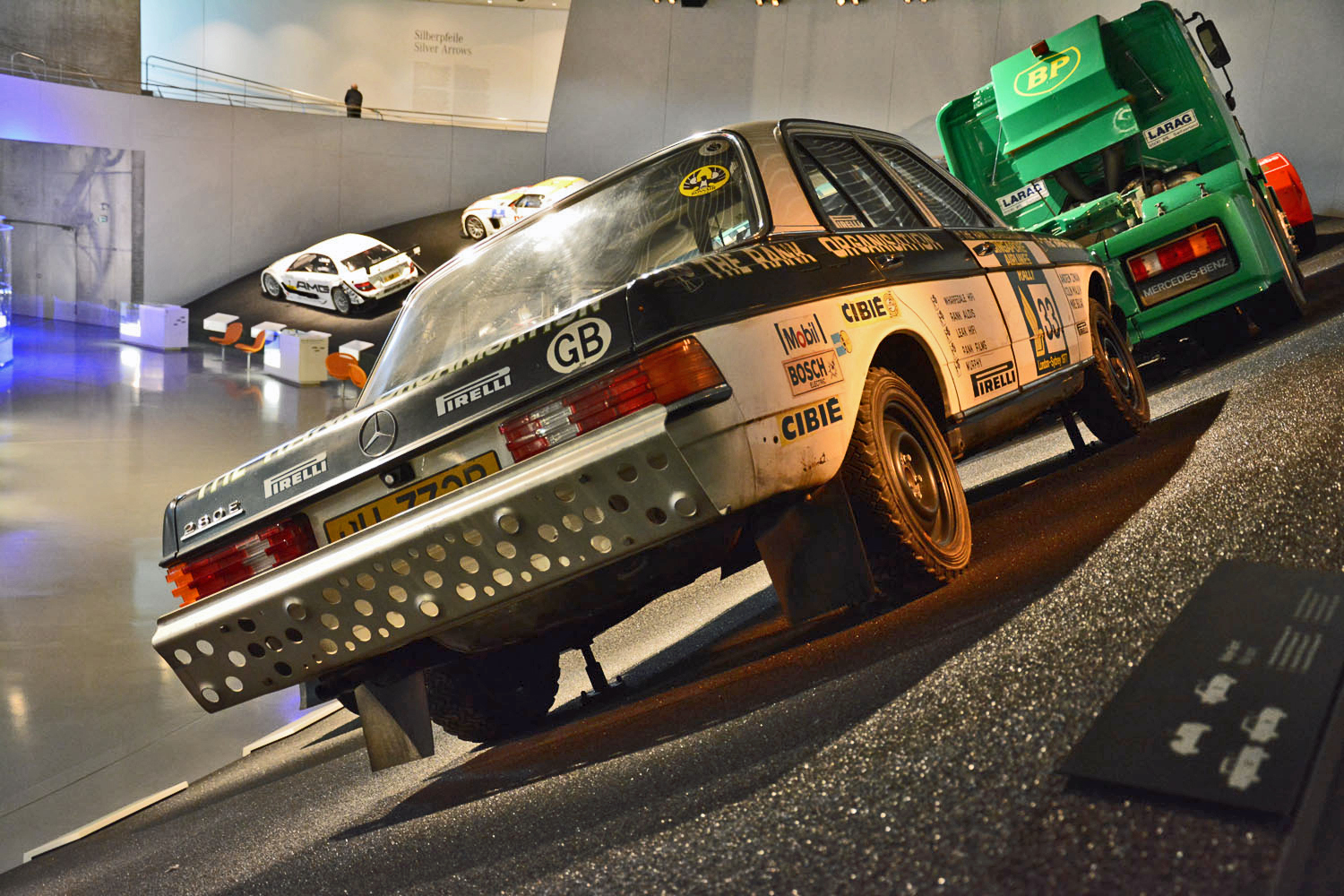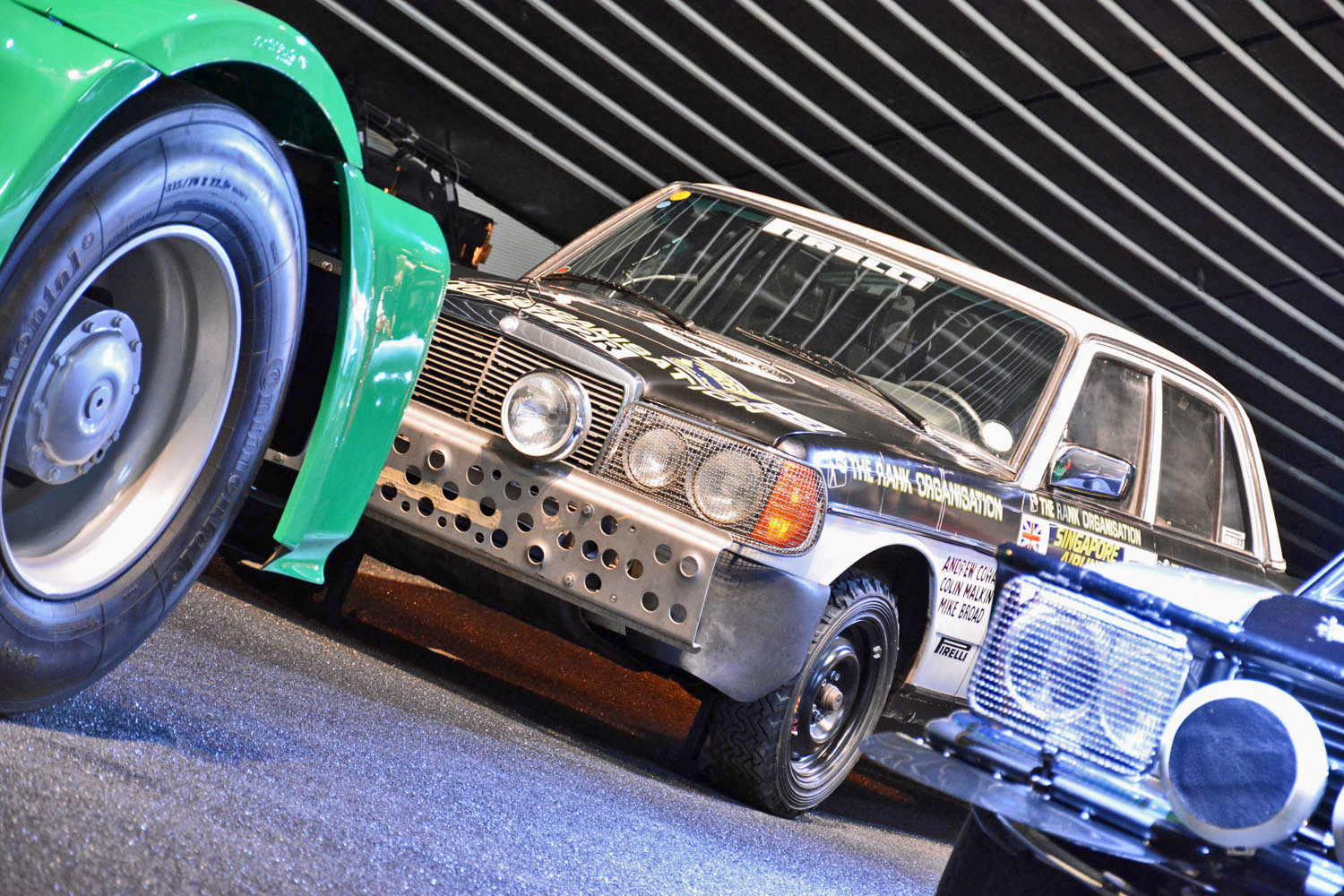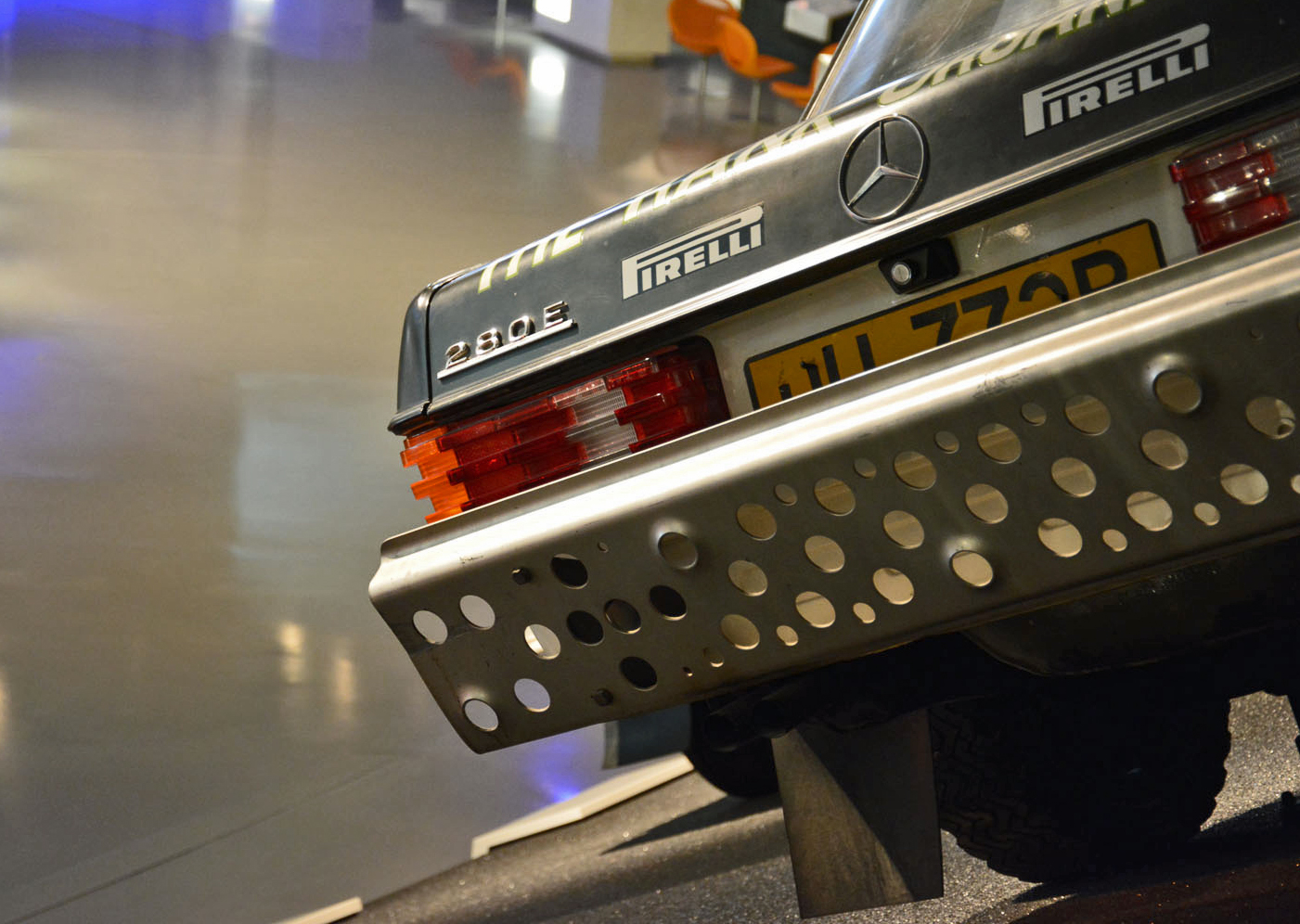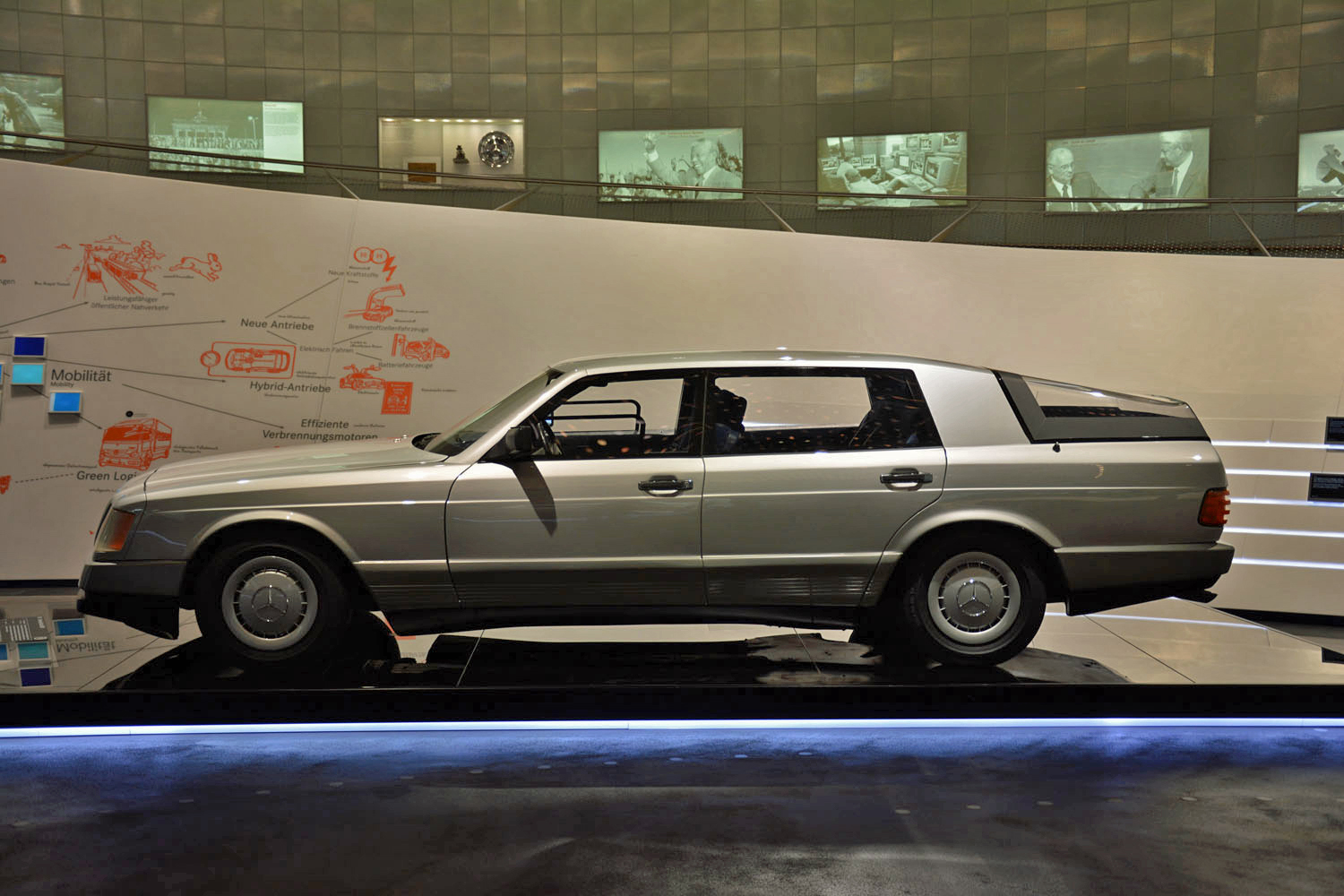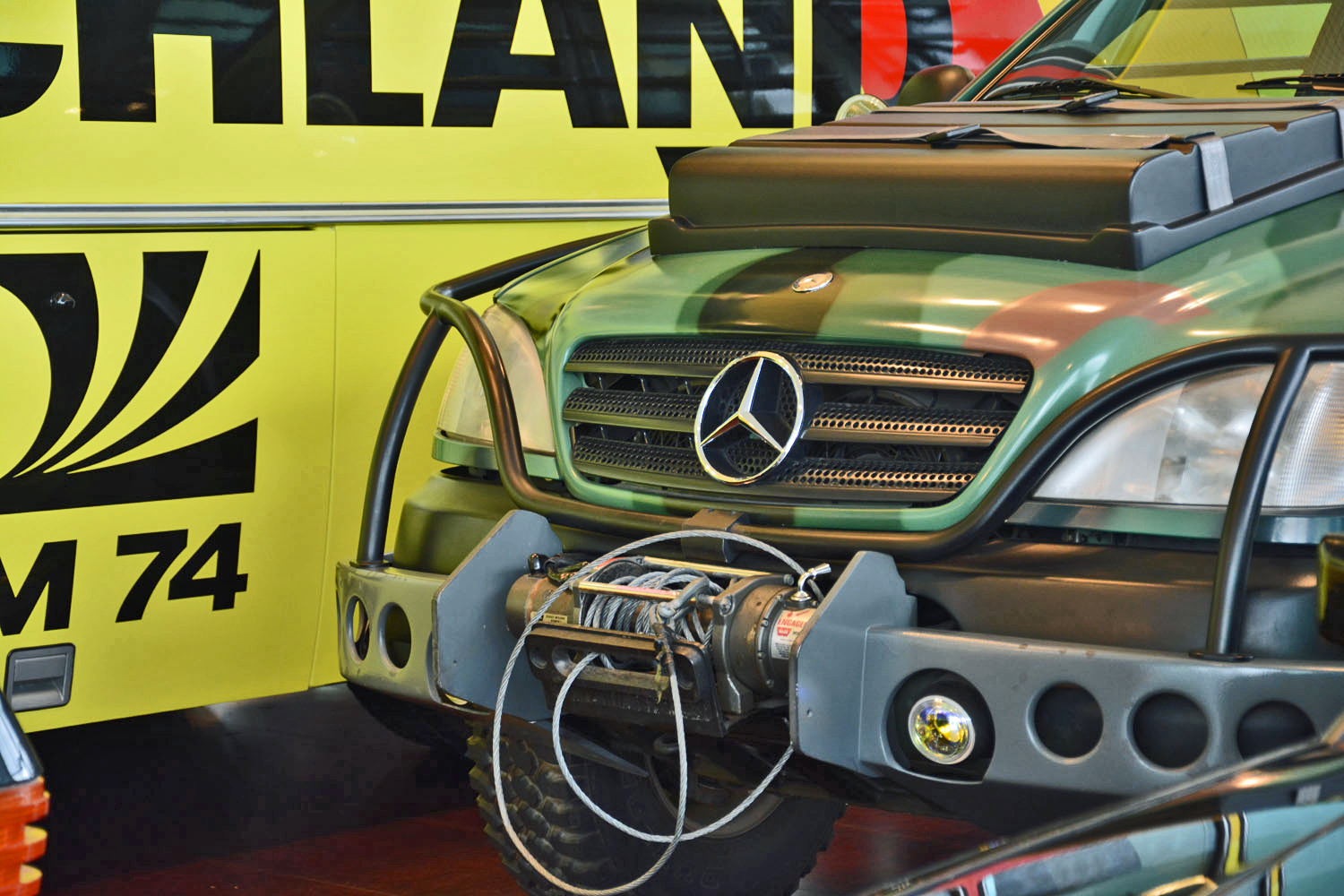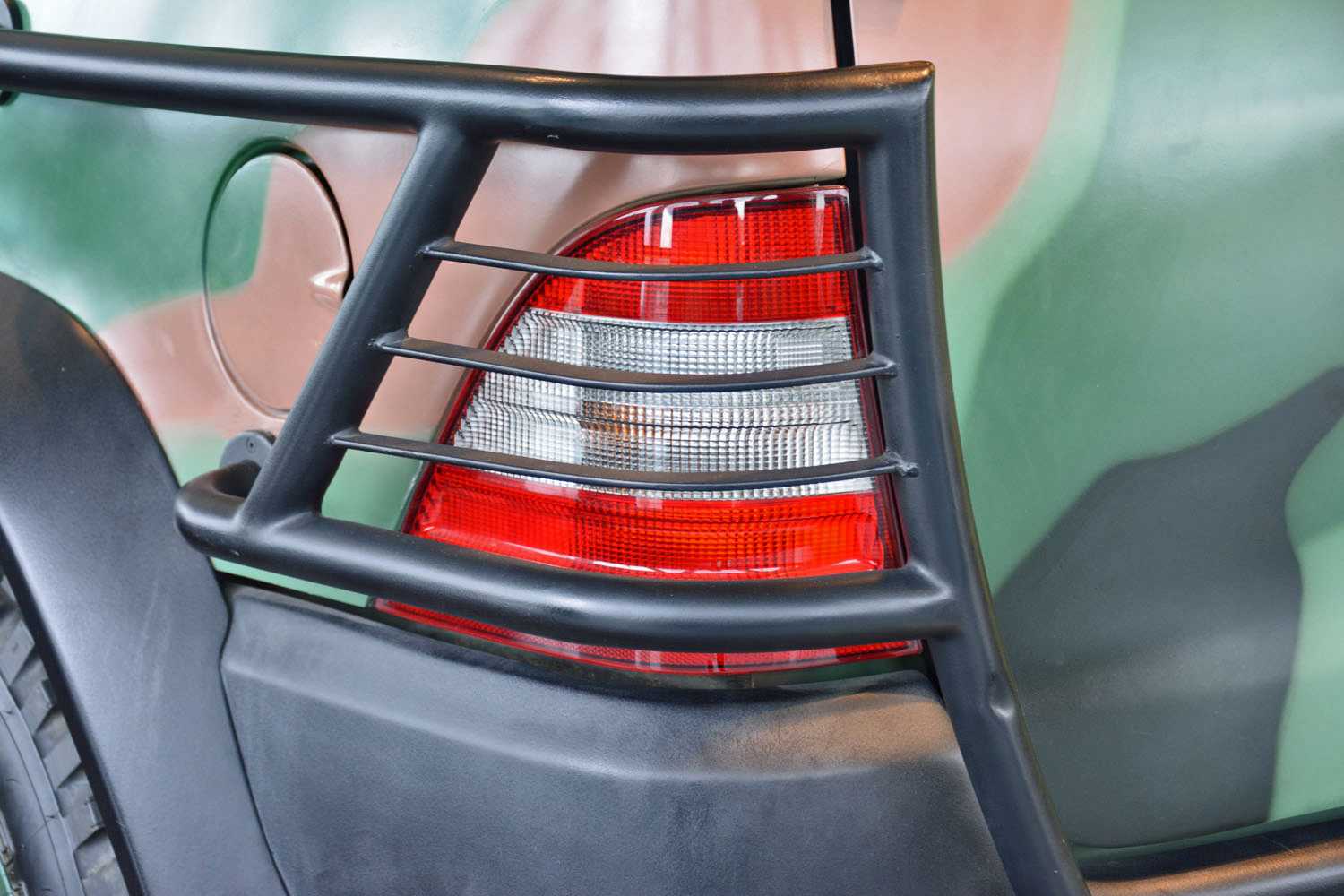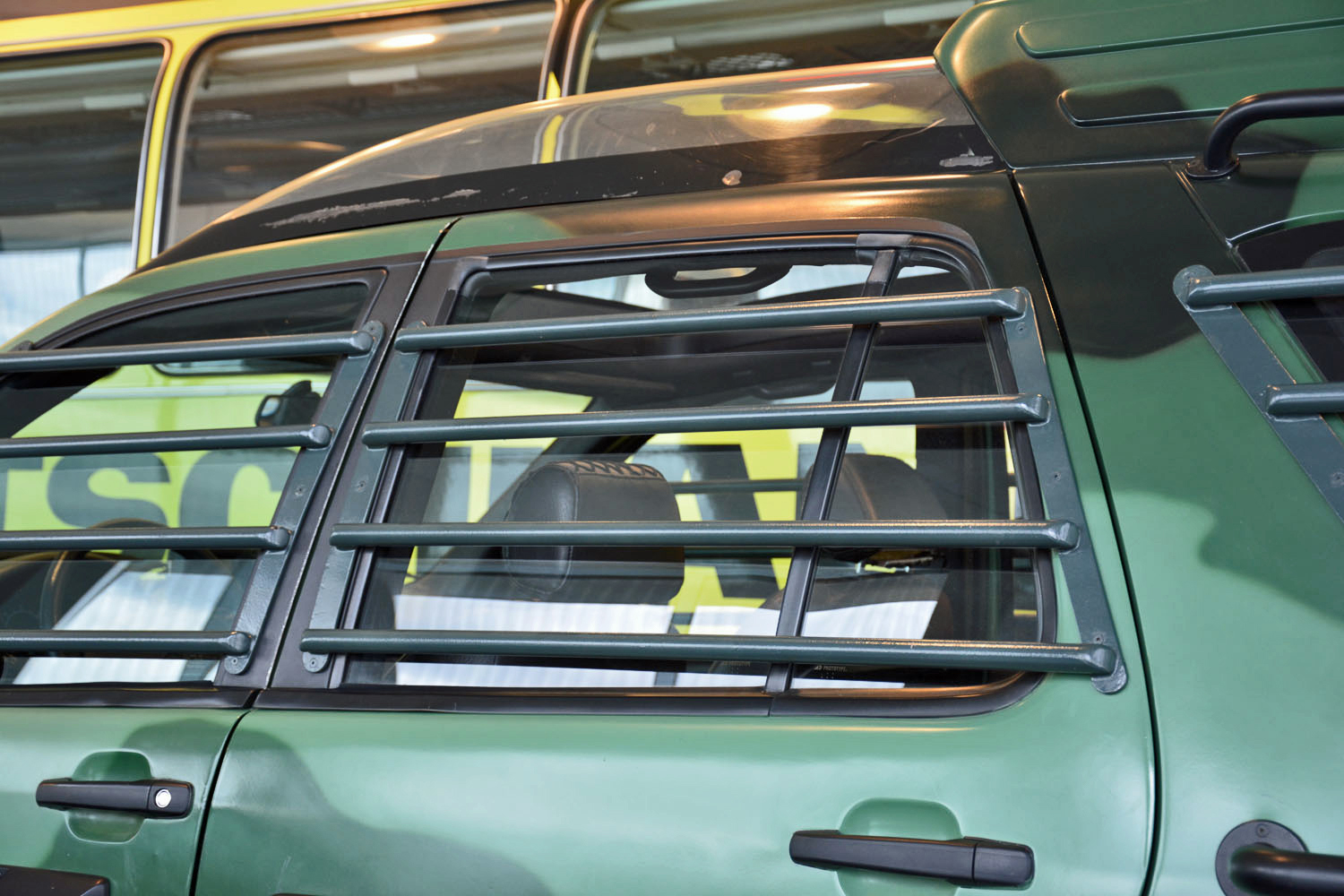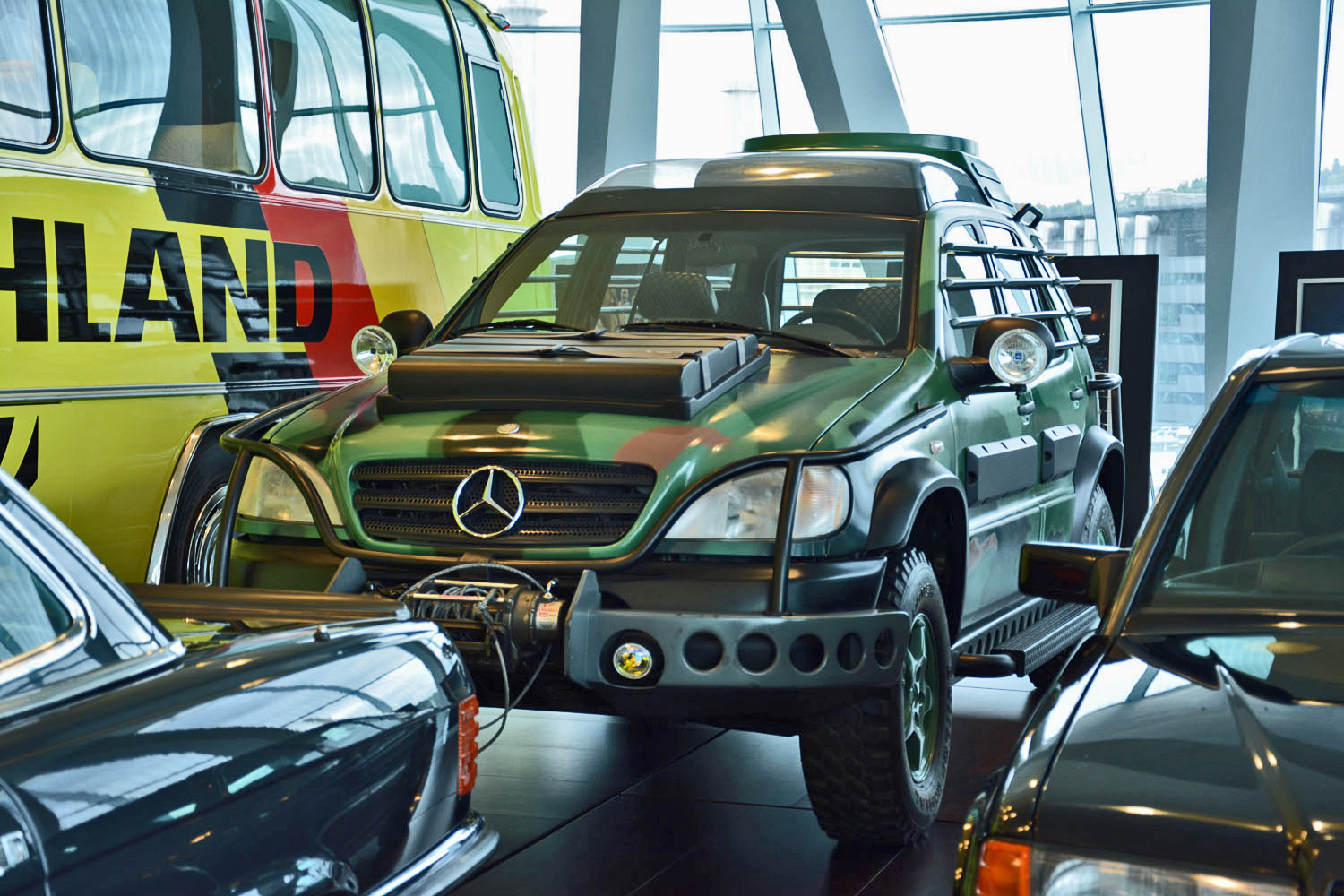Mercedes-Benz is one of the oldest car makers on the planet, so it comes as no surprise that it boasts one of the largest and most comprehensive museums. Located a stone’s throw from the fascinating Porsche museum in Stuttgart, Germany, the Mercedes museum is home to over 125 years of automotive history and innovation that’s spread out over nine levels.
Walking through the museum shows just how multi-faceted Mercedes has been over the past century. There are over 160 vehicles on display including Grand Prix cars, passenger sedans, prototypes, buses, trucks, off-roaders, ambulances and limousines.
Undeniably, the best way to take it all in is to fly out to Stuttgart and spend an afternoon strolling through the collection. We’ve singled out ten must-see cars from our recent visit to the museum to give you an idea of what to expect.
1902 Mercedes-Simplex 40 PS
The Mercedes-Simplex 40 PS holds an important spot in Mercedes history because it’s the oldest surviving model known to exist today. There are older cars on display in the museum – including the 1886 Patentwagen that started it all – but they’re all replicas built using period blueprints.
The 40 PS is a relatively small car; the pictures might not do it justice. In spite of its reduced dimensions it was powered by a massive 6.8-liter four-cylinder engine that made just 38 horsepower at 1,100 rpm. It was capable of reaching a top speed of 50 mph, and it was badged “Simplex” because it was relatively easy to handle.
1928 27/140/200 hp Mercedes-Benz model SSK sports two-seater
Unquestionably one of the most iconic Mercedes built in the pre-war era, the SSK was introduced in 1928 and aimed specifically at buyers who needed a car to participate in hill climb races across Europe. Its name is an acronym that stands for “super-sport-kurz,” German for “super sport short.”
More nimble than the bigger S model, the SSK used a 7.1-liter six-cylinder engine that generated up to 221 horsepower thanks in part to a large supercharger. Only 35 examples were assembled over a four-year long production run, a figure that makes it one of the rarest cars Mercedes has ever built.
1938 Mercedes-Benz 260 D Pullman sedan
The 260D earned the honor of being the first regular-production passenger car fitted with a diesel engine when it was launched in 1936. The unit in question was a 2.5-liter four-cylinder that delivered 44 hp at 3,000 rpm, enough to propel the sedan to a top speed of roughly 60 mph.
The 260D was particularly popular among taxi drivers because it was more efficient than comparably-sized gasoline-powered models, and because diesel was cheaper than gas in Germany at the time. Less than 2,000 examples were built by the time production ended in 1940.
1954 Mercedes Renntransporter
Half tow truck and half sports car, the Mercedes Renntransporter was built in 1954 to haul Grand Prix cars to and from races. It was powered by a 300 SL-sourced, 3.0-liter straight-six fuel-injected engine that allowed it to hit an impressive top speed of 105 mph.
Mercedes withdrew from racing after a tragic accident that claimed the lives of over 80 spectators and a pilot at the 1955 edition of the 24 Hours of Le Mans. The Renntransporter was consequently relegated to performing odd jobs around the factory in Stuttgart, and it was sent to the scrap yard in December of 1967. Mercedes’ Classic division spent 6,000 hours rebuilding the car hauler from scratch in 1993.
1954 Mercedes-Benz 300 SL coupé
The 911-fighting Mercedes-AMG and its predecessor, the SLS, both trace their roots back to the original 300 SL. Presented at the 1954 edition of the New York Motor Show, the original SL was essentially a street-legal version of Mercedes’ highly-successful w194 Grand Prix racer. It was designed primarily for the power-hungry United States market.
The SL was one of the fastest cars in the 1950s thanks to a 212-horsepower, 3.0-liter straight-six engine fitted with a mechanical fuel-injection system. It was expensive, too, so only about 1,400 examples were built between 1954 and 1957. Mercedes didn’t develop a true successor to the original gullwing coupe until it launched the SLC (c107) in 1971.
1969 – 1979 C111 concepts
C111 is the name given to a series of four concepts built from 1969 to 1979. Essentially a rolling laboratory, the first C111 was a highly experimental coupe powered by a tri-rotor Wankel engine that generated approximately 330 horsepower at 6,000 rpm. It was capable of reaching 62 mph from a stop in roughly five seconds thanks in part to a low, 2,500-pound weight.
A second prototype was fitted with a quad-rotor Wankel, but Mercedes stopped dabbling in rotary engines altogether in the wake of the 1973 oil embargo. The next C111 used a 190-hp evolution of the 3.0-liter five-cylinder diesel engine found under the hood of the 300D (w115), and the final prototype was powered by a twin-turbocharged V8 engine tuned to make 500 hp.
Although the C111 didn’t make it past the prototype stage, the turbodiesel engine was launched under the hood of the 300 SD (w116) in 1977.
1973 Mercedes-Benz Experimental Safety Vehicle ESF 22
Based on the Mercedes-Benz S-Class (w116), the ESF was the latest in a long line of highly-experimental prototypes designed with an unabashed focus on safety. It was capable of withstanding a front impact at 40 mph, a side impact with another car at nearly 22 mph, and a rear impact at 31 mph.
Inside, the ESF was fitted with three-point harnesses for all passengers and a driver-side airbag. Surprisingly, the extra equipment made the ESF 22 just 631 pounds heavier than the S-Class on which it was based.
The ESF 22 was never seriously considered for mass production, but several features (including the driver’s airbag and ABS brakes) gradually trickled down to Mercedes passenger cars over the following decade.
1977 Mercedes-Benz 280 E rally car (W 123)
Mercedes took on the challenge of turning the 280E (w123), a comfort-focused sedan designed to eat up miles on the Autobahn, into a rally car capable of crossing continents. The transformation process included stripping the cabin and fitting the 280E with an upgraded suspension as well as protective equipment such as skid plates on both ends, but the 2.8-liter, fuel-injected straight-six was left mostly stock.
The company’s efforts paid off, and the 280E took first place in the second edition of the London-to-Sydney Marathon, one of the most grueling long-distance rally events ever held.
1981 Mercedes-Benz Auto 2000 concept
In 1980, the West German government challenged local automakers to design a fully-functional, highly-efficient prototype capable of comfortably carrying four adults and nearly 900 pounds of luggage. Mercedes responded by building the Auto 2000 concept that was introduced at the 1981 edition of the Frankfurt Motor Show.
Designed to show what a full-size luxury sedan could look like in 2000, the Auto 2000 had 0.28 drag coefficient thanks in part to a slanted front end and a long glass hatch.
Three prototypes were built. The first one used a 3.8-liter V8 engine equipped with a forward-thinking cylinder deactivation system, the second one was powered by a 3.3-liter, twin-turbocharged diesel-burning straight-six, and the third used a futuristic gas-powered turbine.
1997 Mercedes-Benz ML 320 (Jurassic World)
The first-generation M-Class marked an entire generation when it starred in the hit movie The Lost World: Jurassic Park. Based on a stock ML 320, the SUV was outfitted with a bull bar, a winch, a lift kit, and off-roader tires tucked under fender flares. Finally, Mercedes did its best to dinosaur-proof it by fitting bars over the windows and giving it a camouflage paint job.
The Alabama-built ML was introduced in time for the 1998 model year. Its role in The Lost World turned out to be one of the best ad campaigns Mercedes could hope for, and the off-roader’s success far exceeded expectations.
